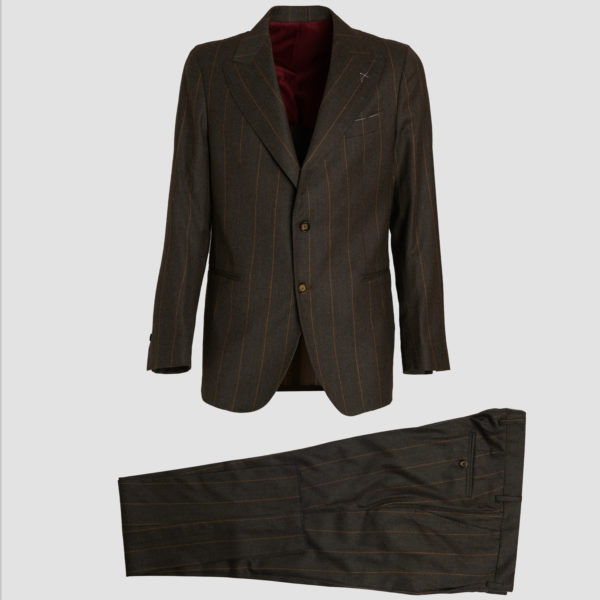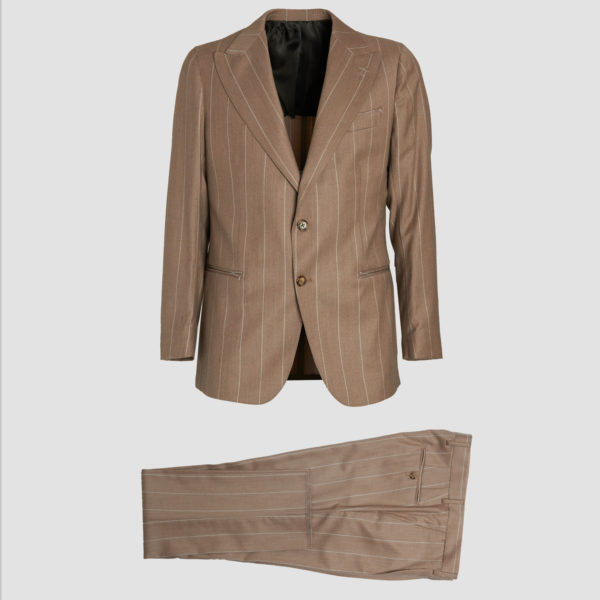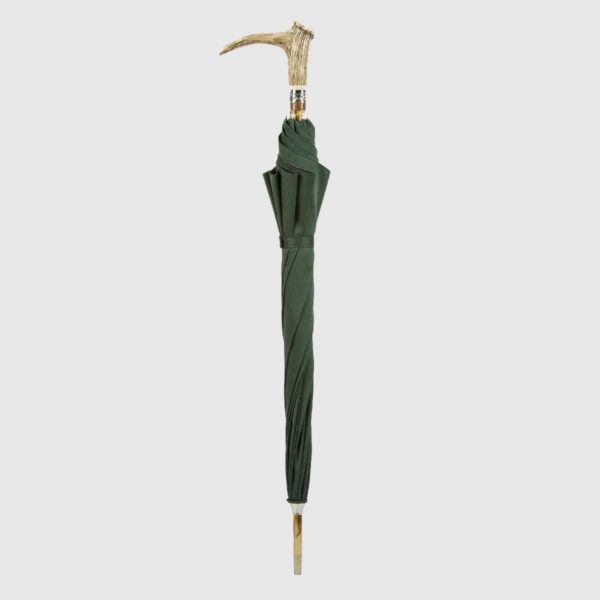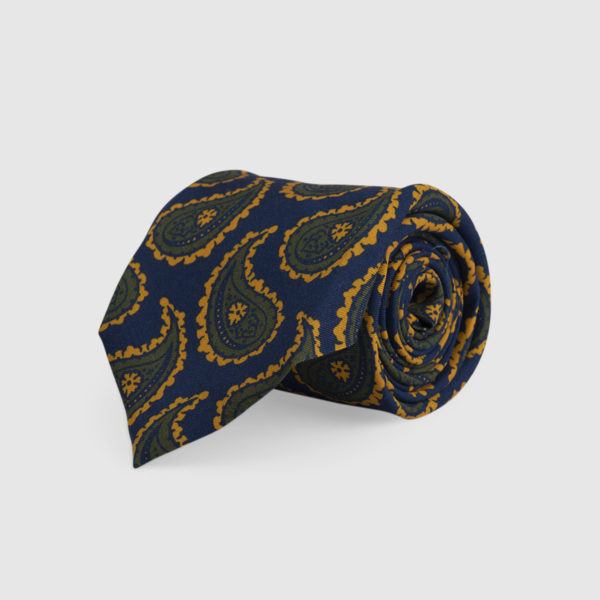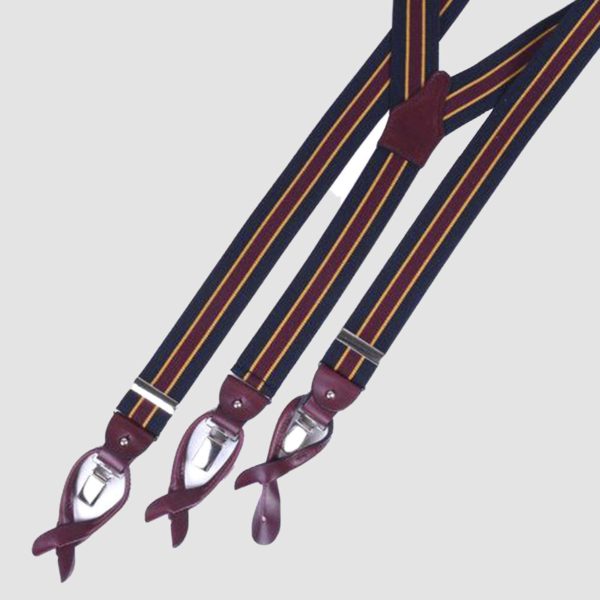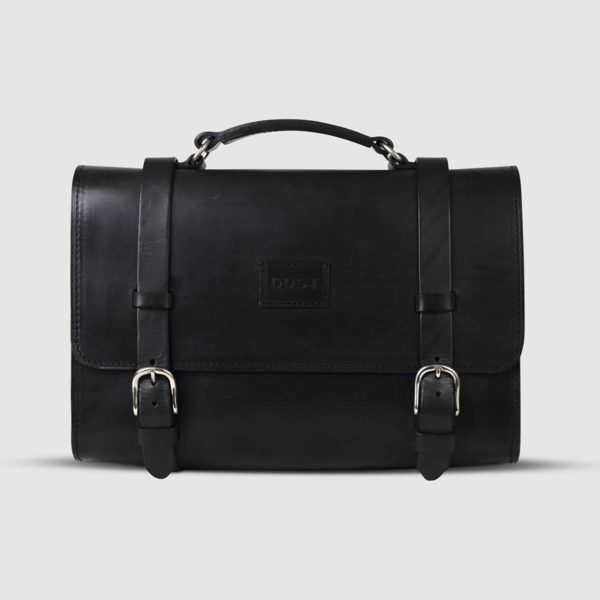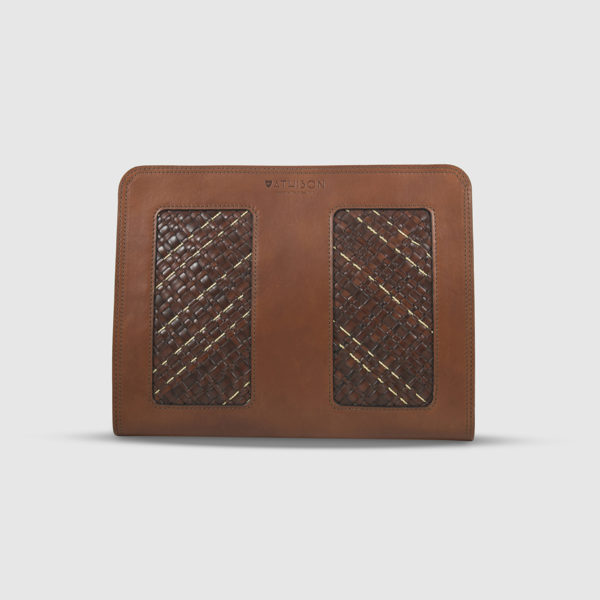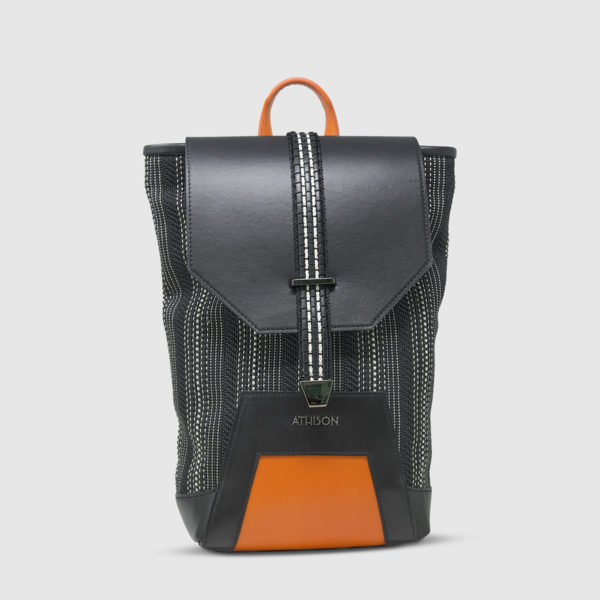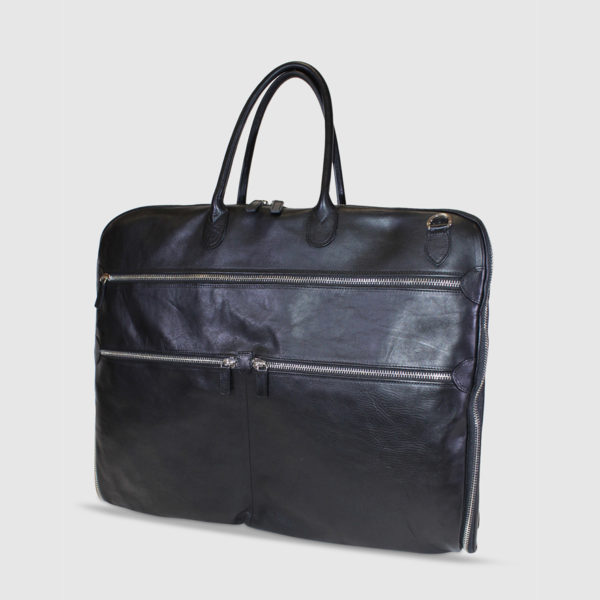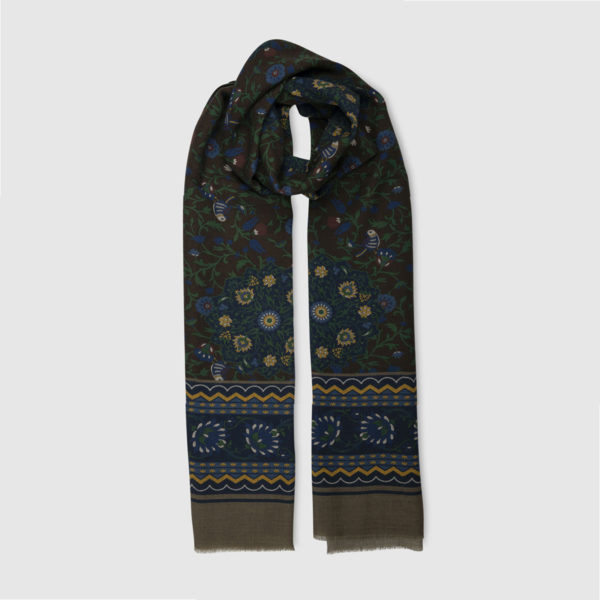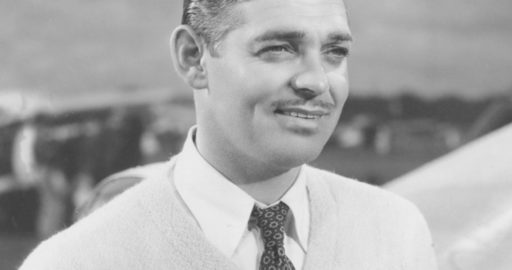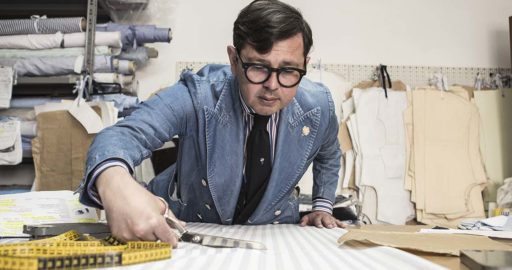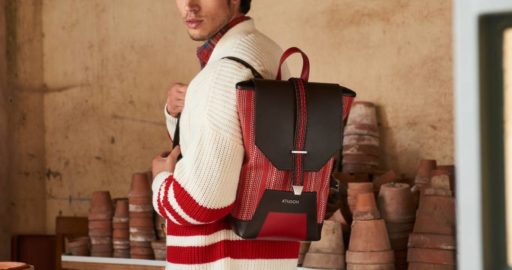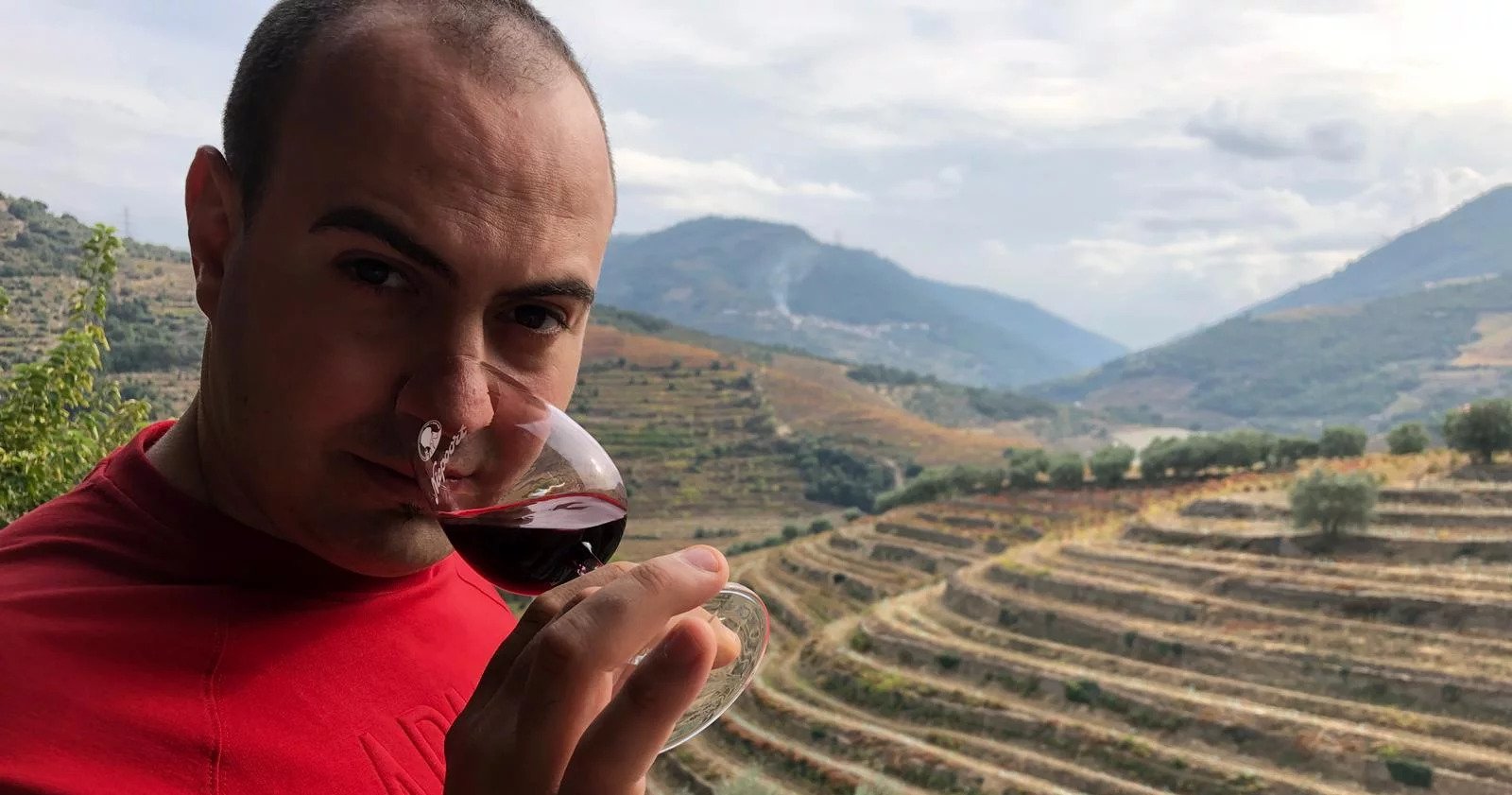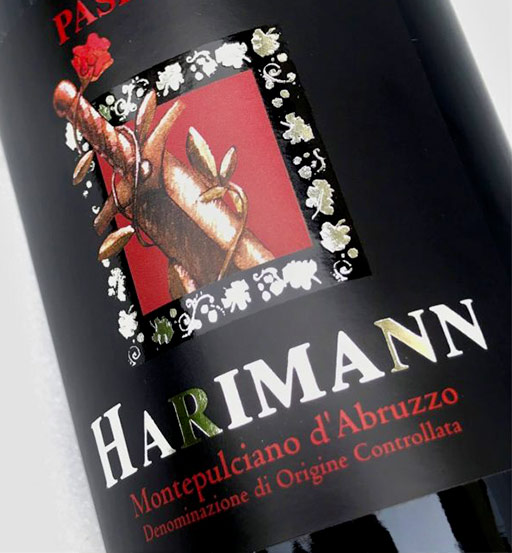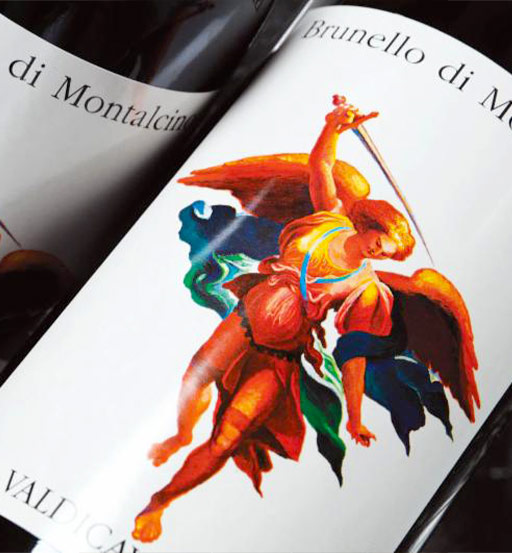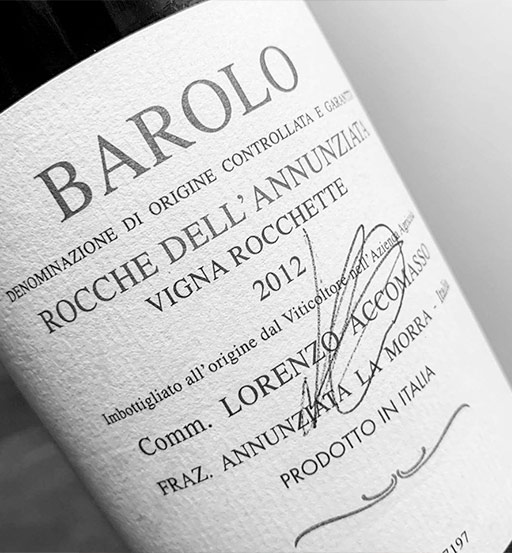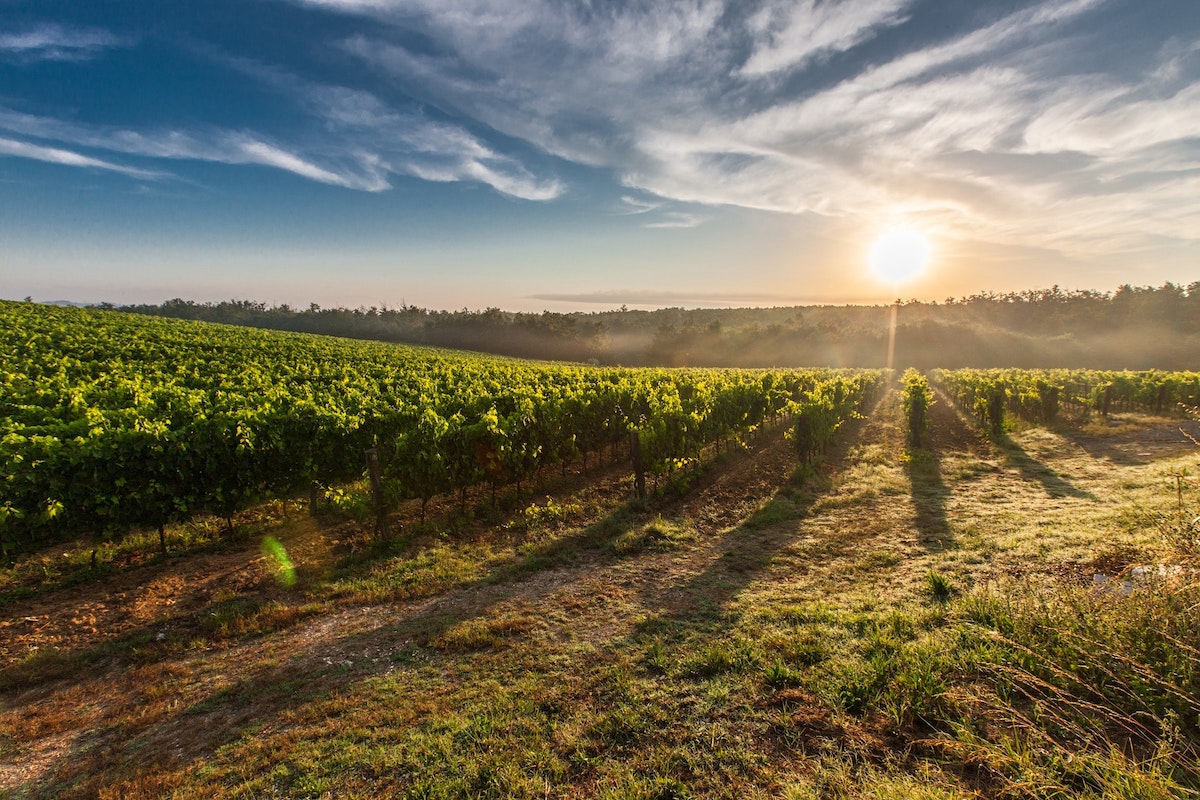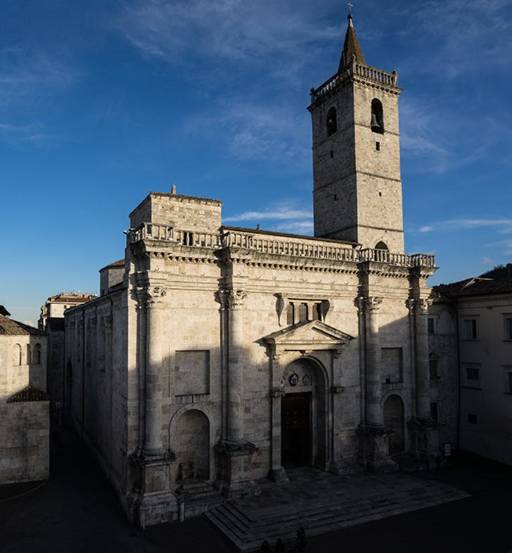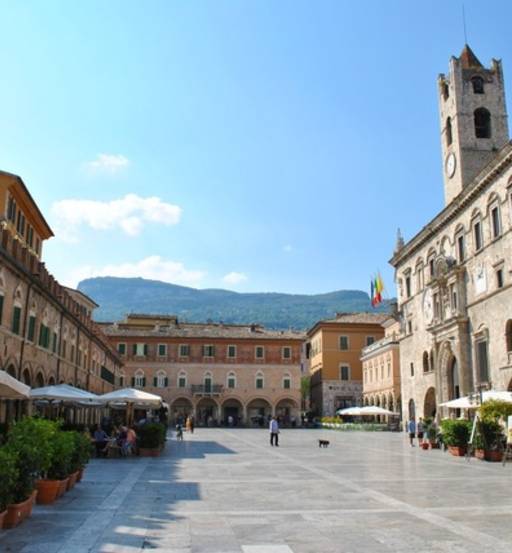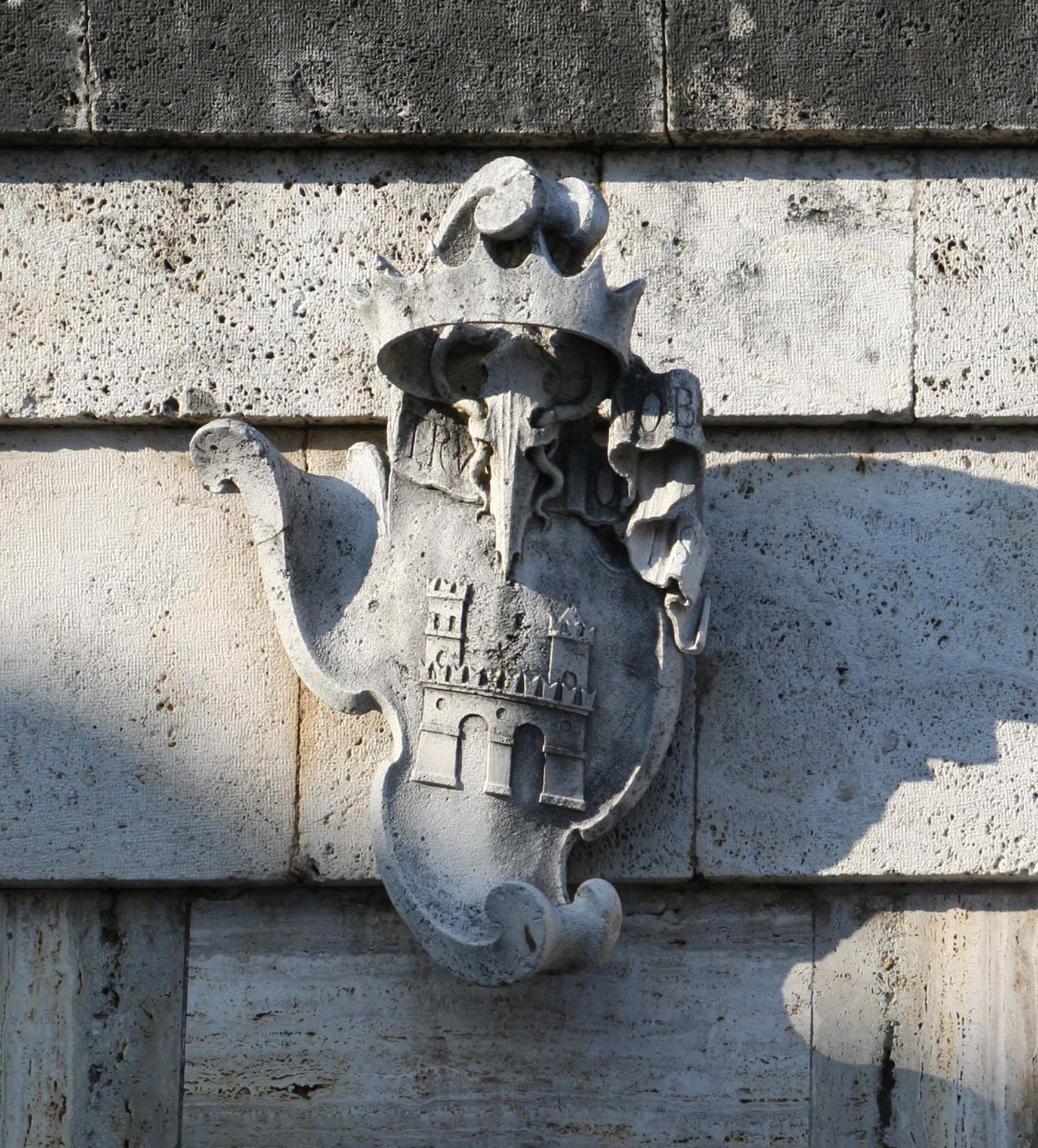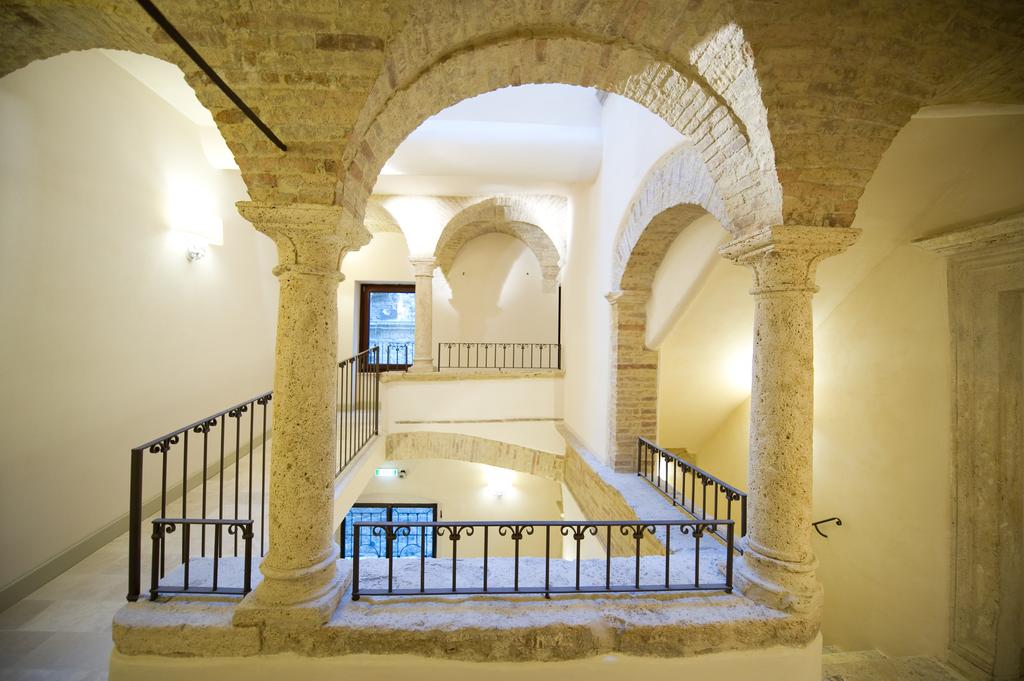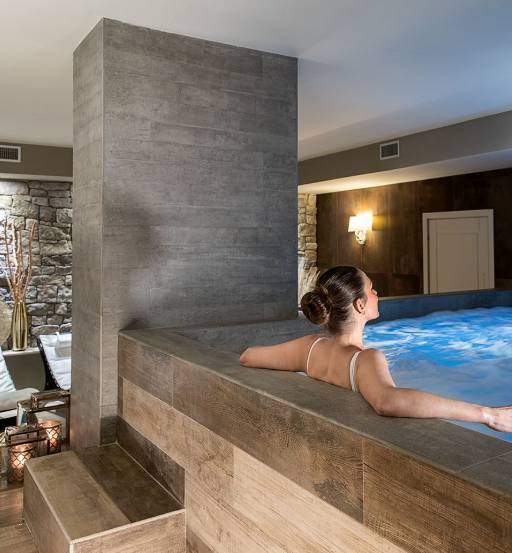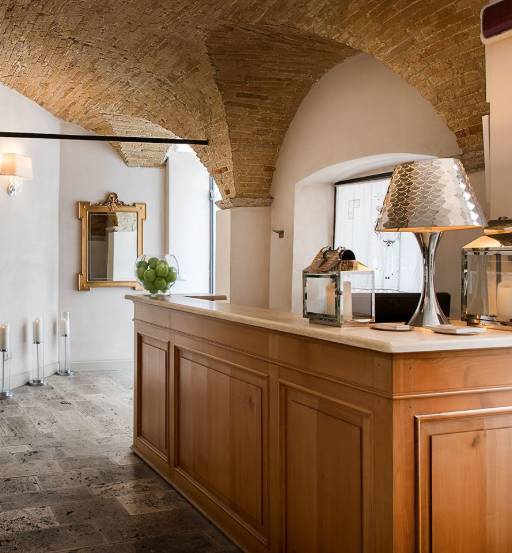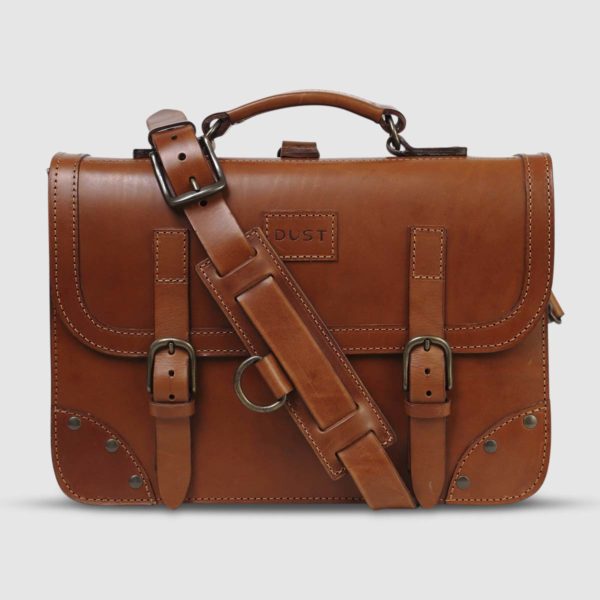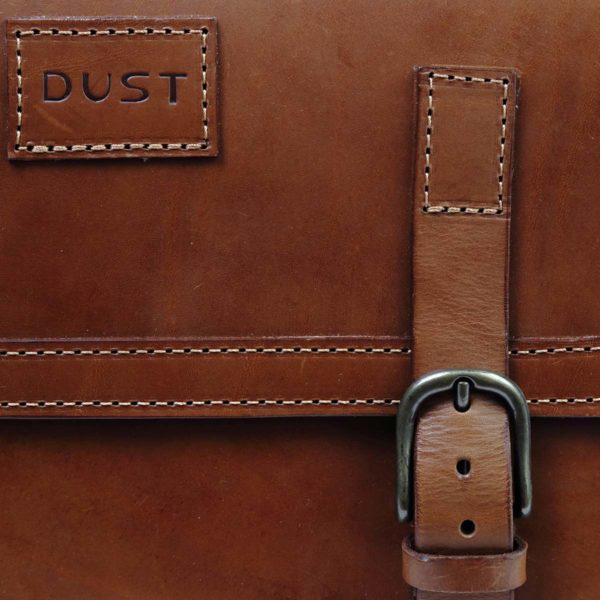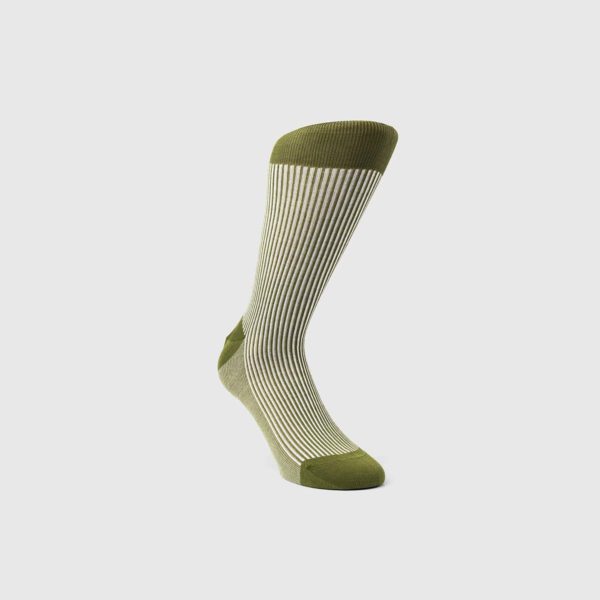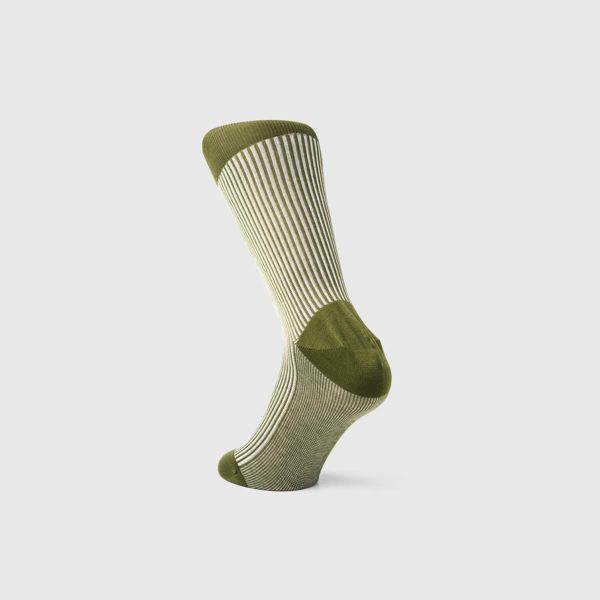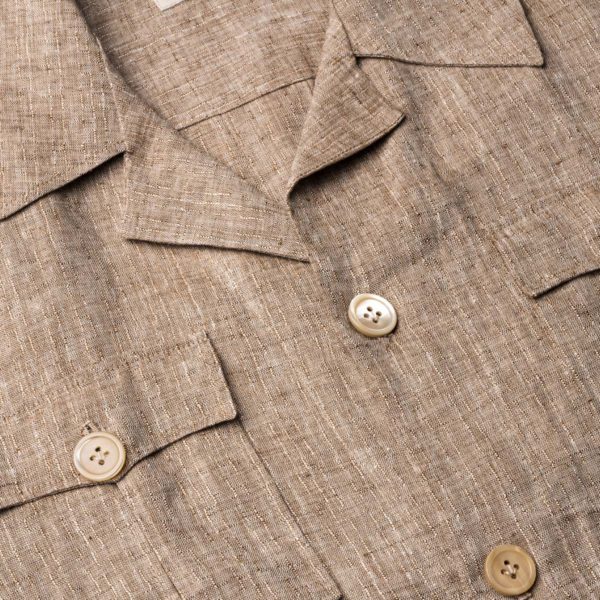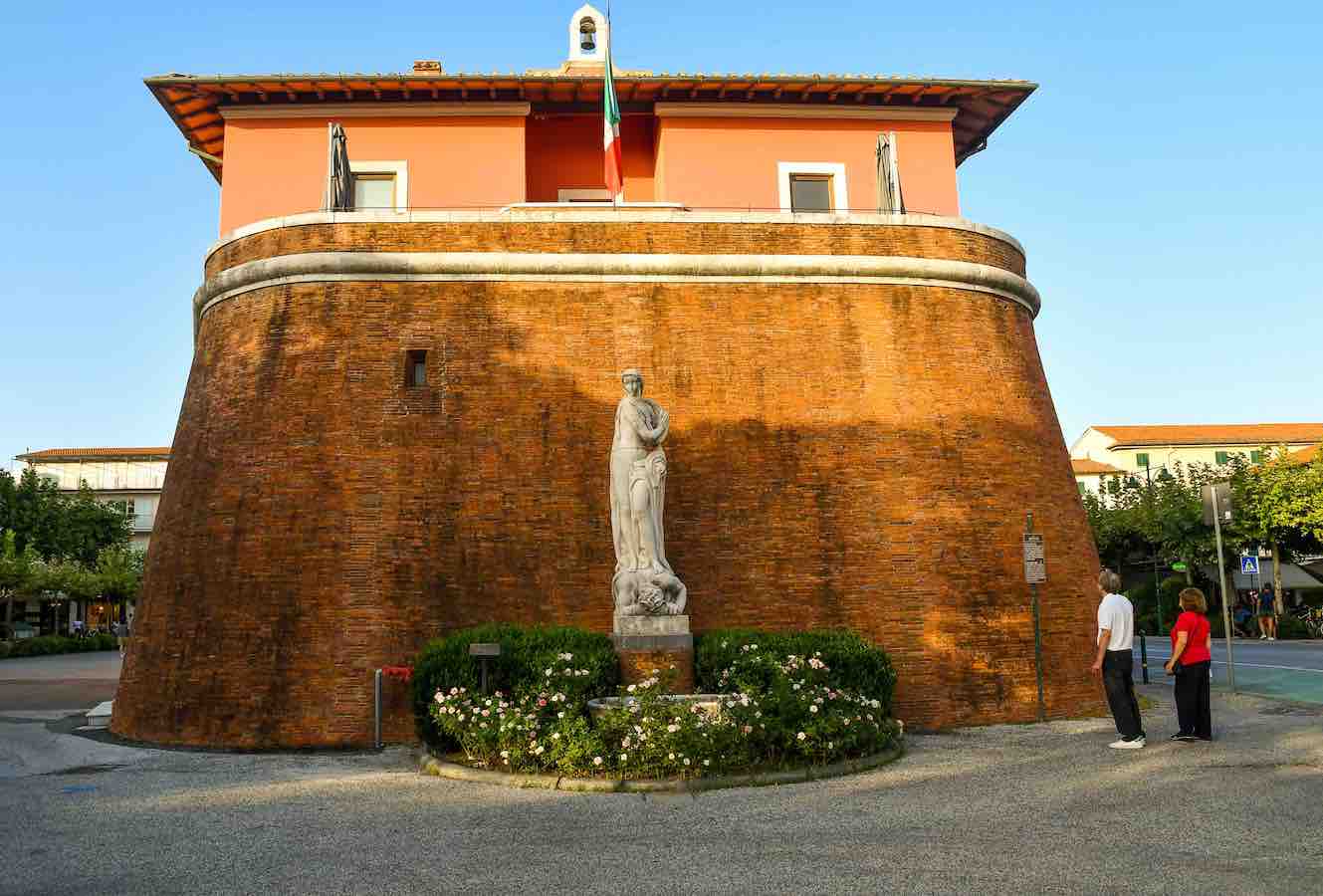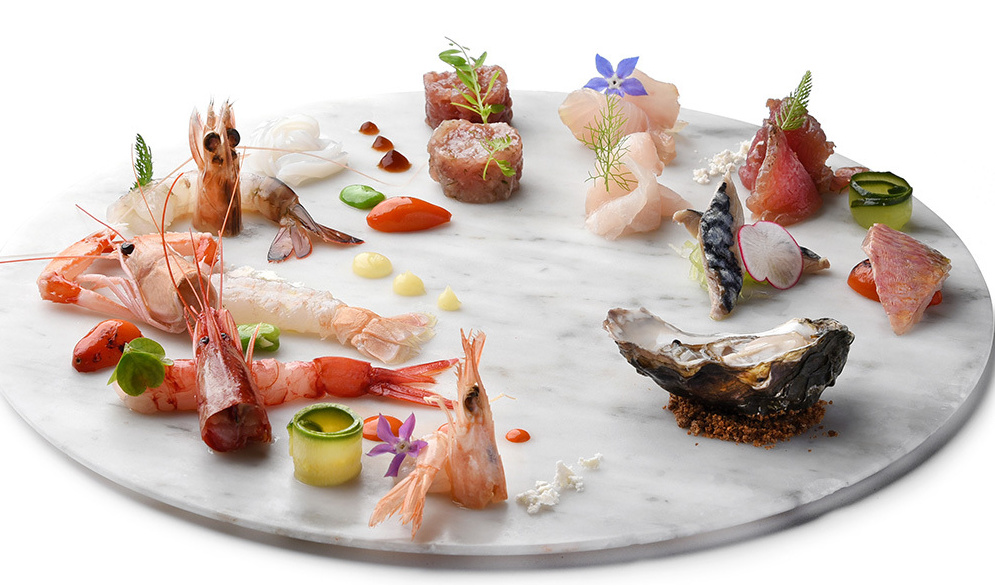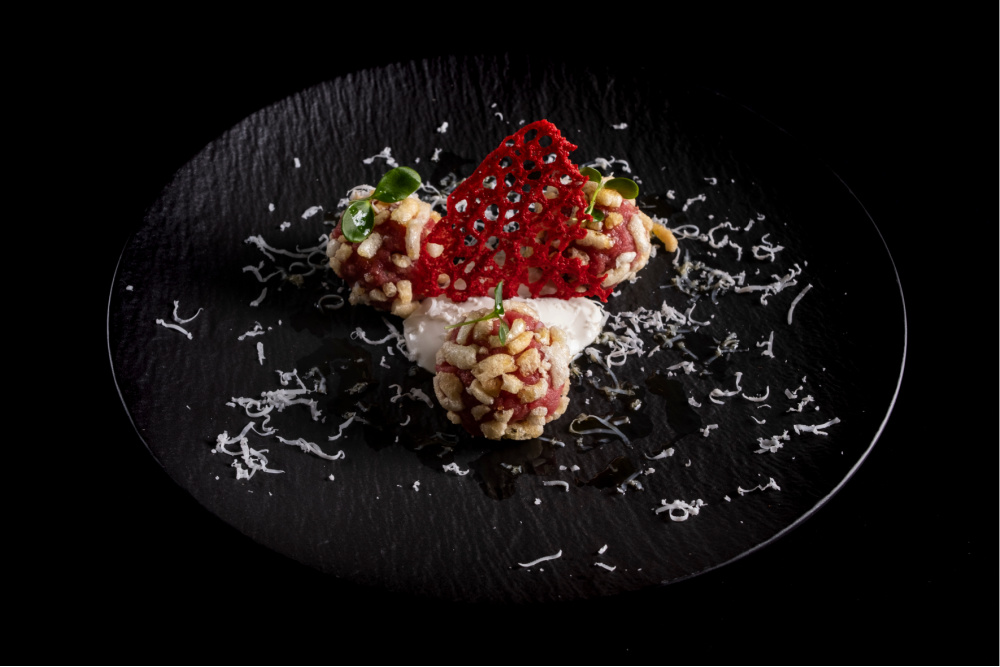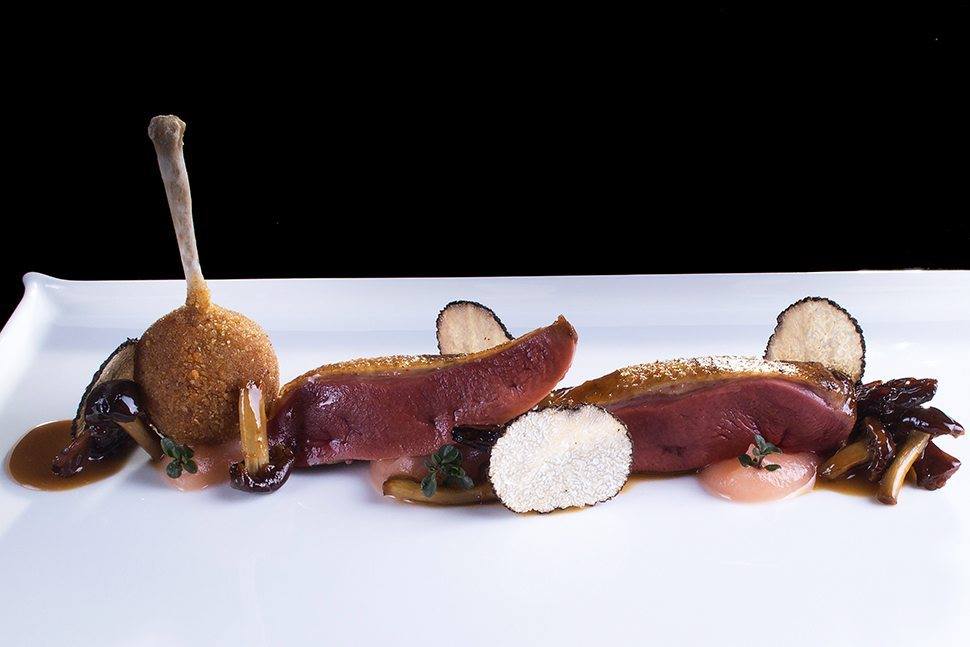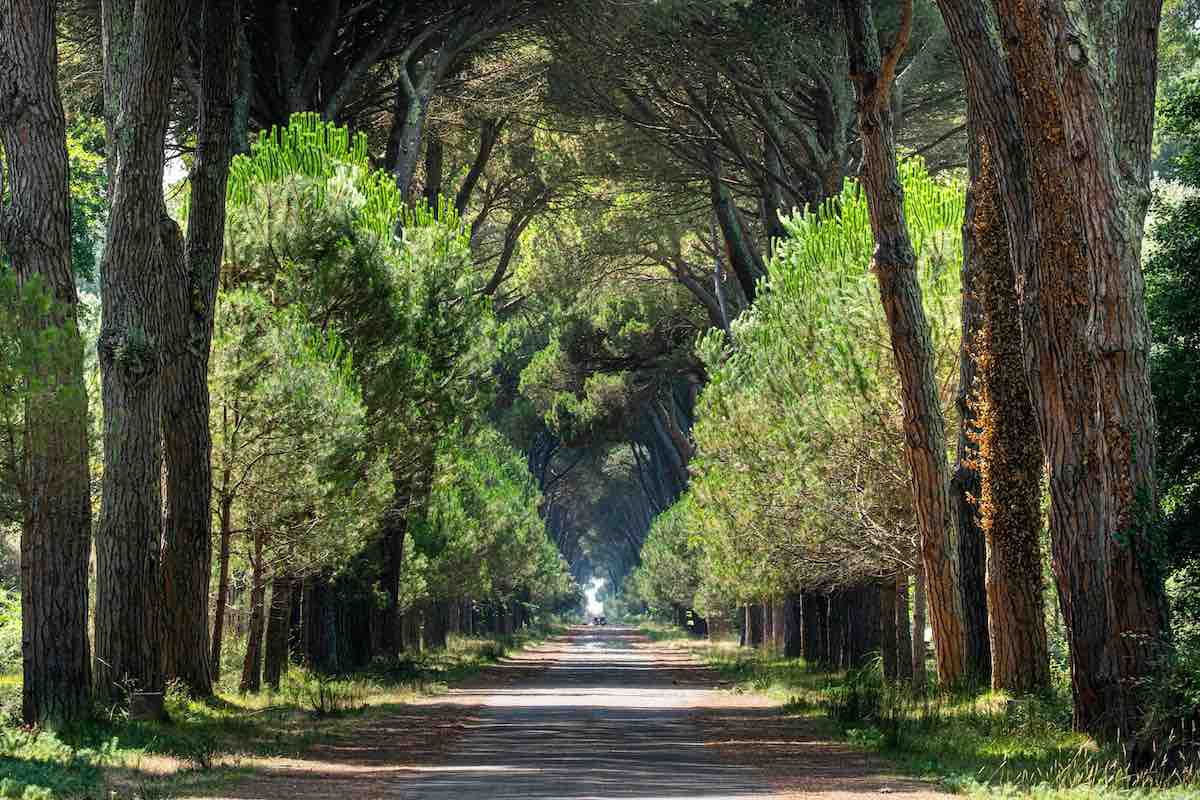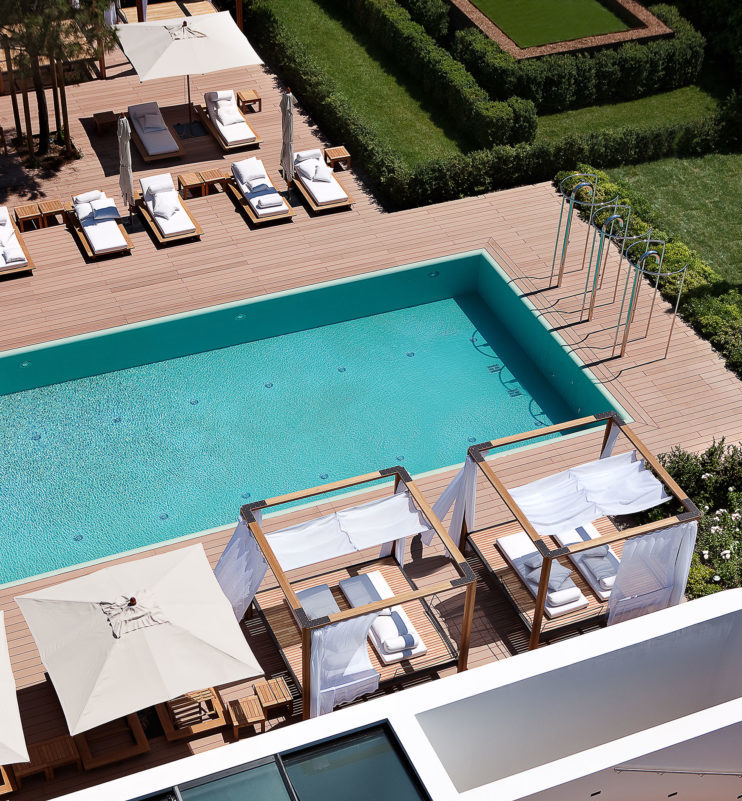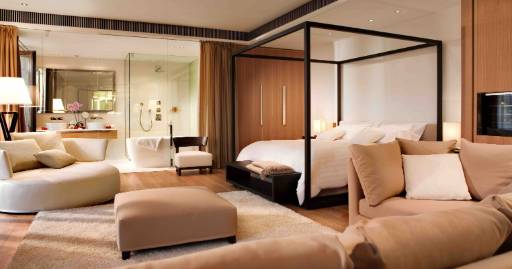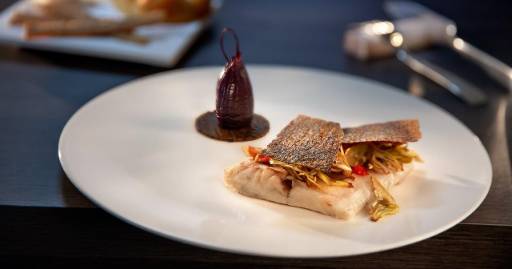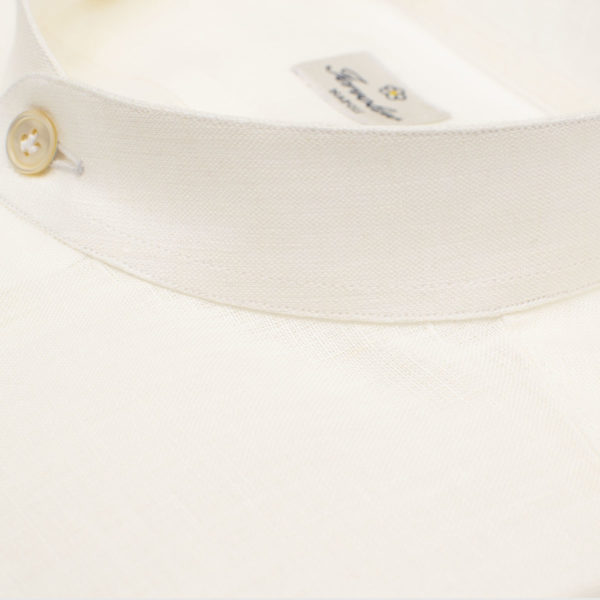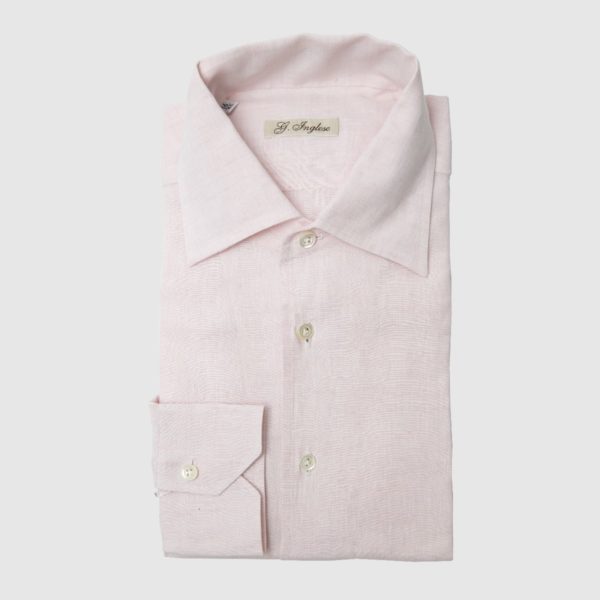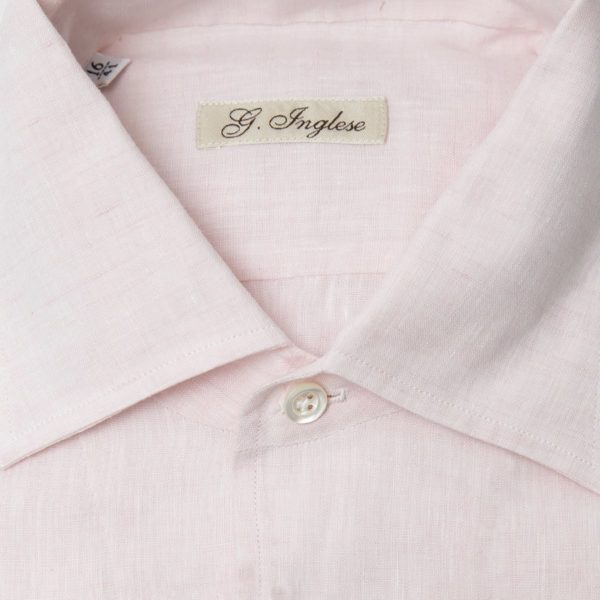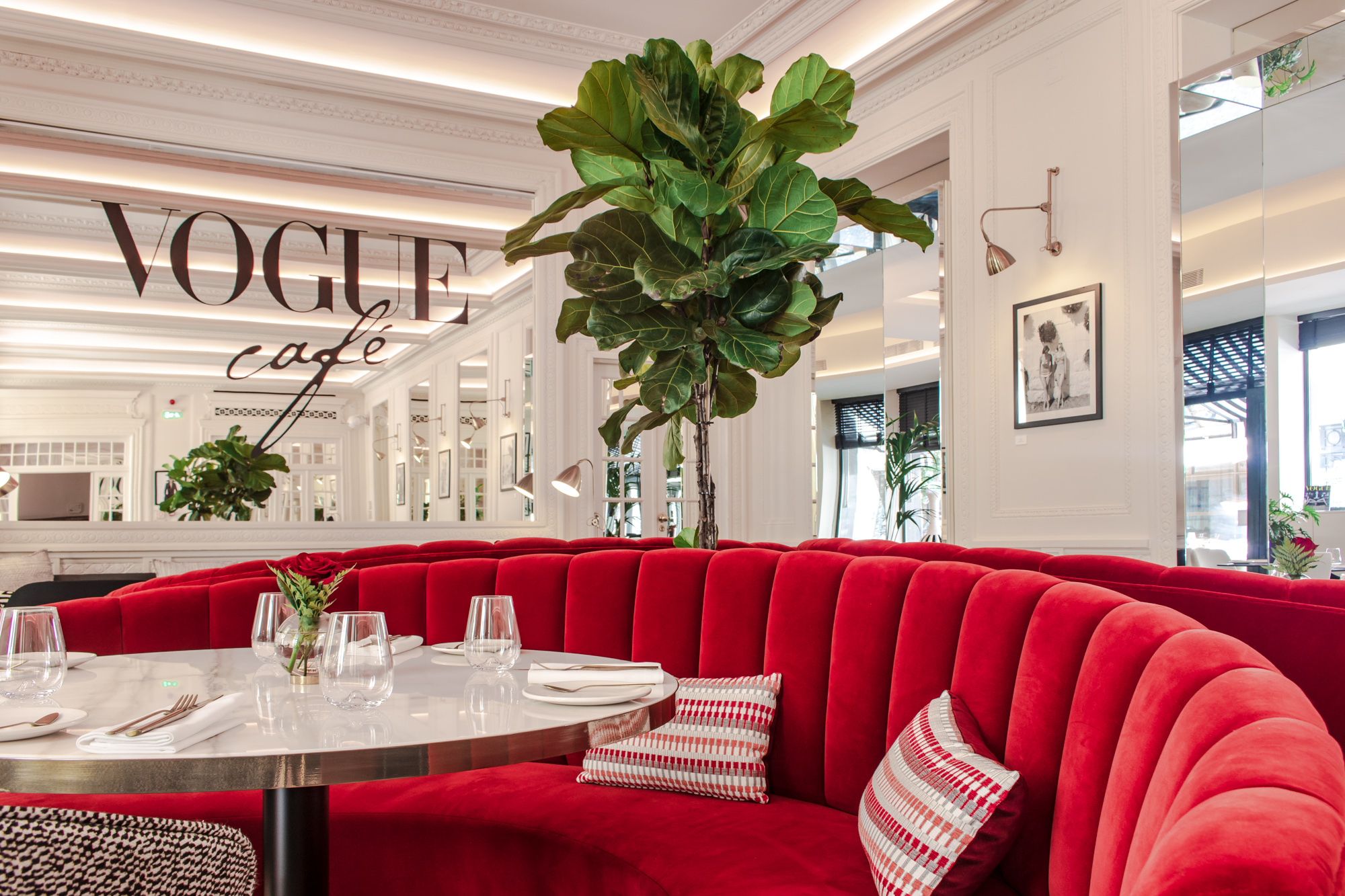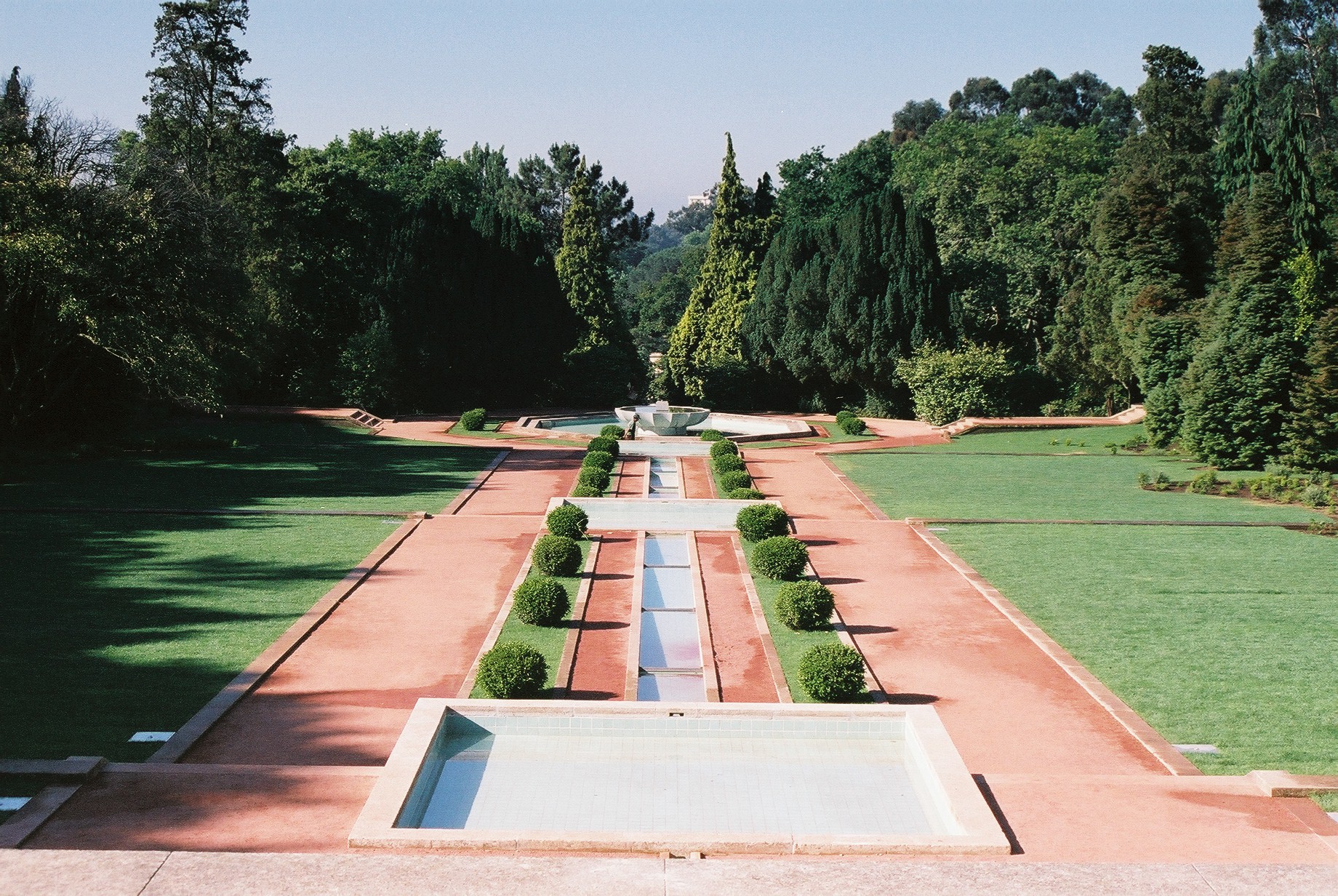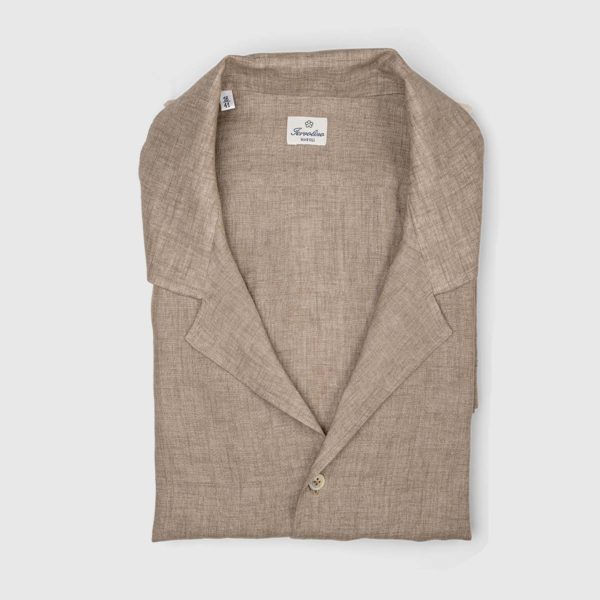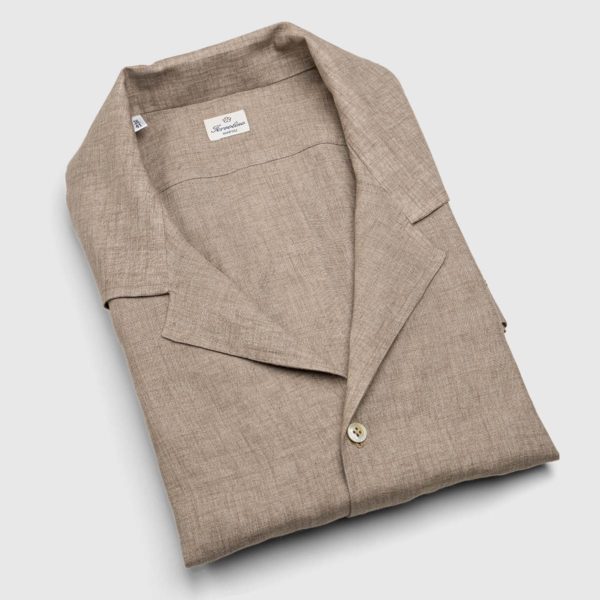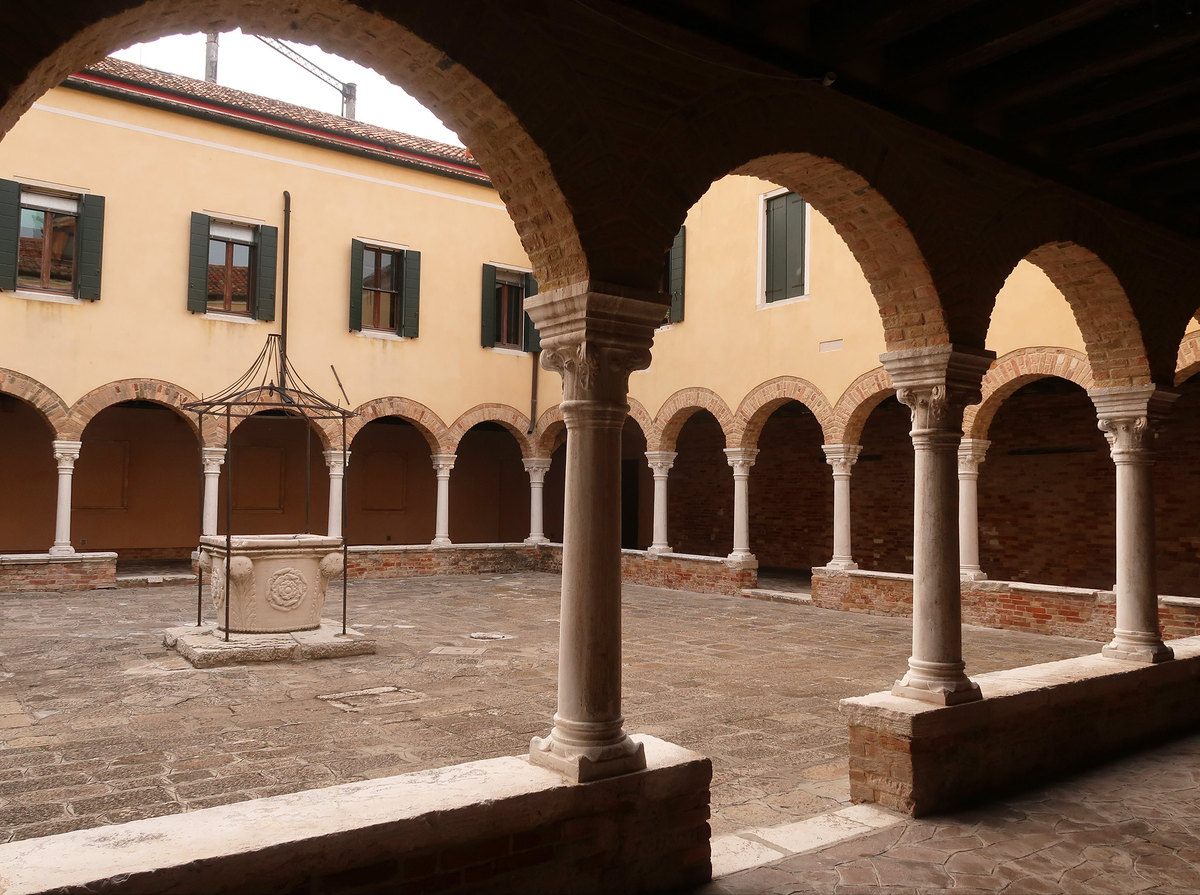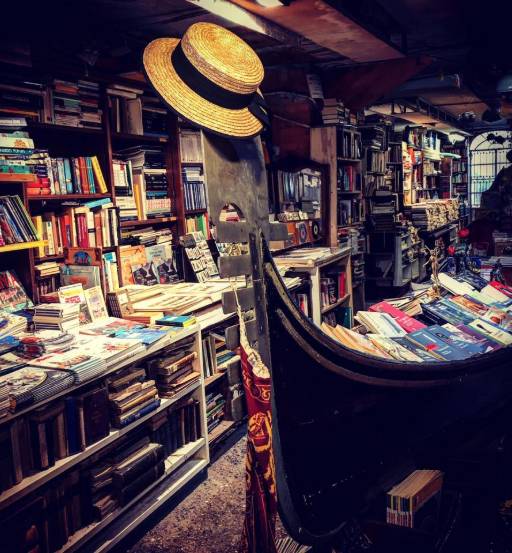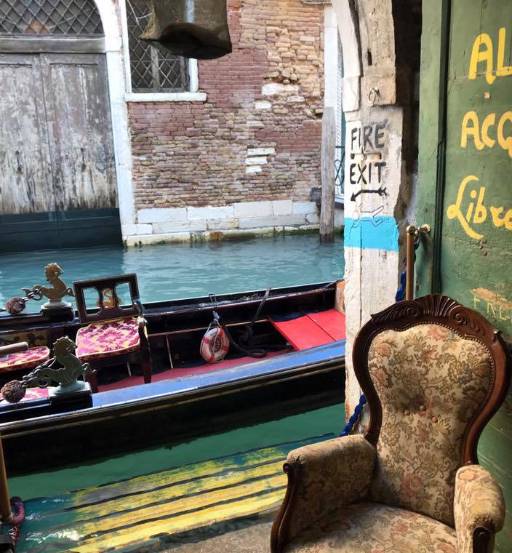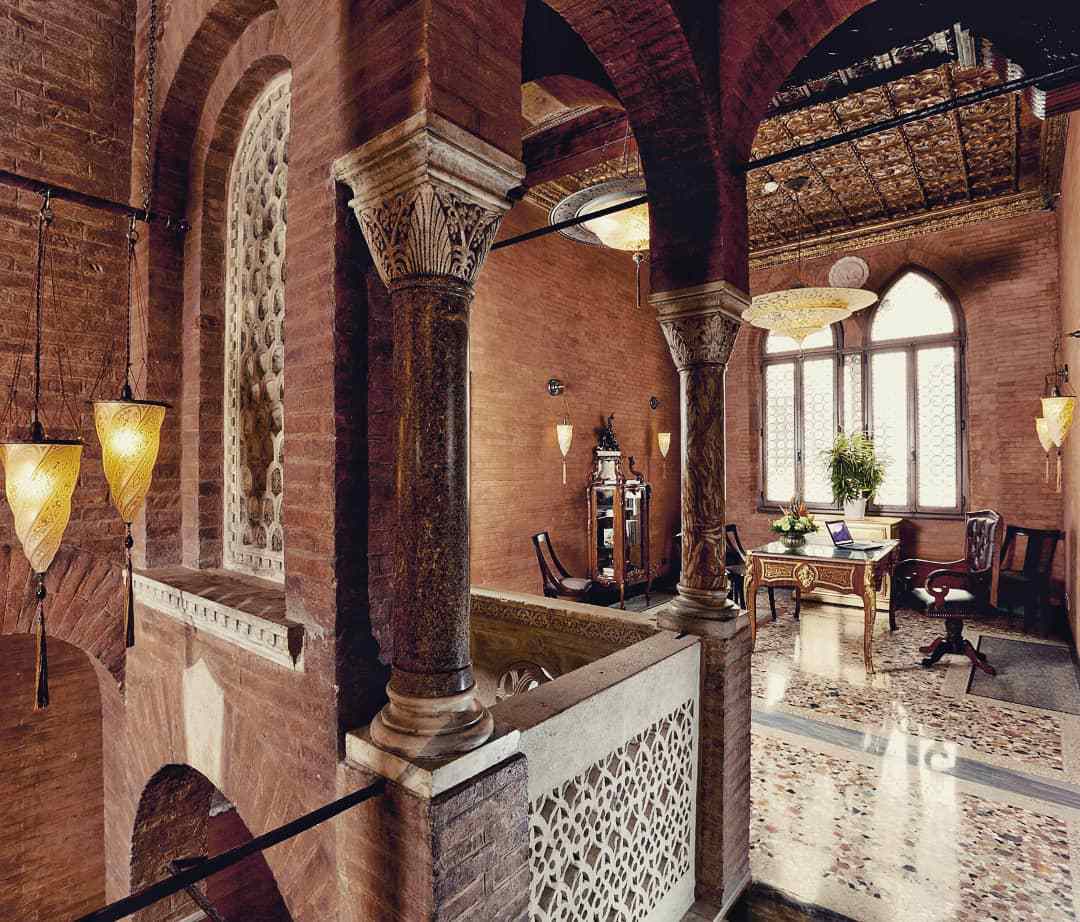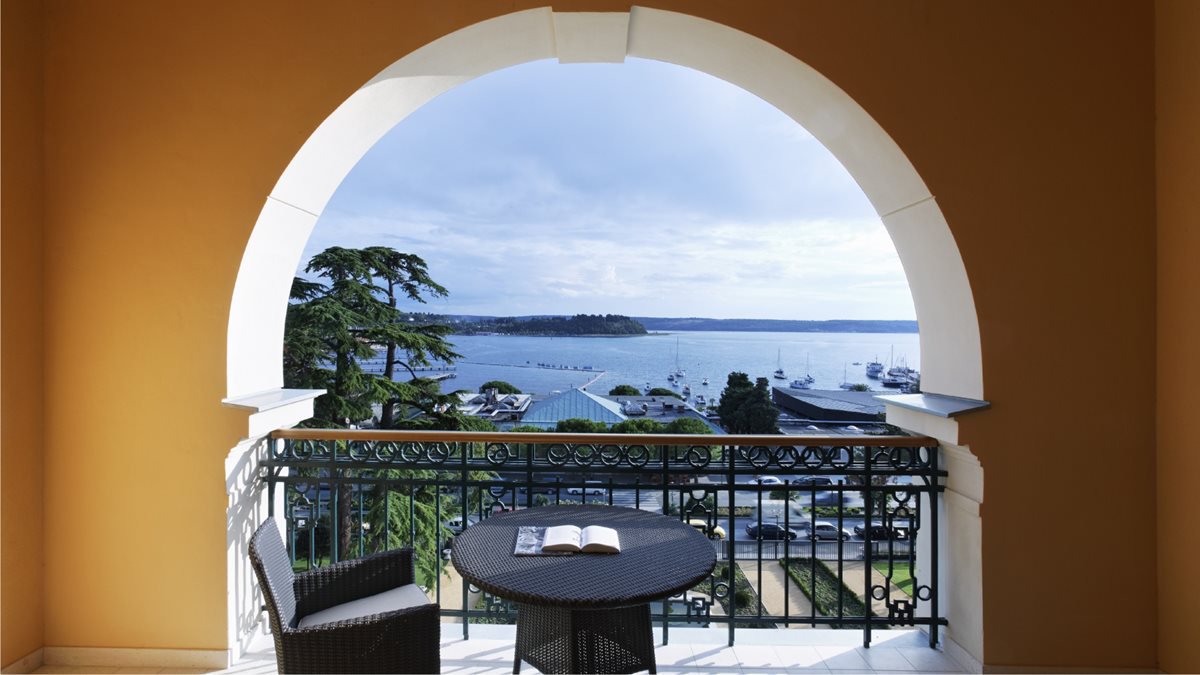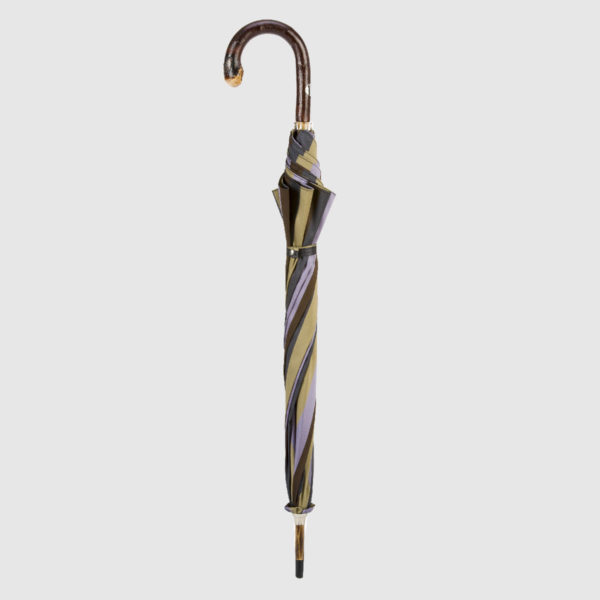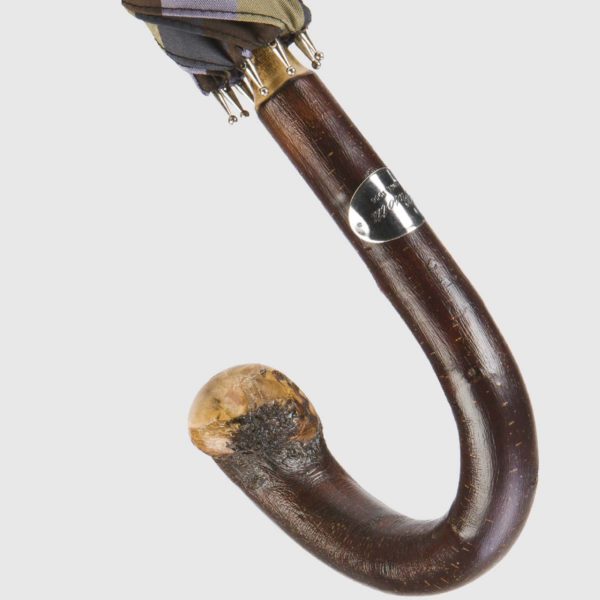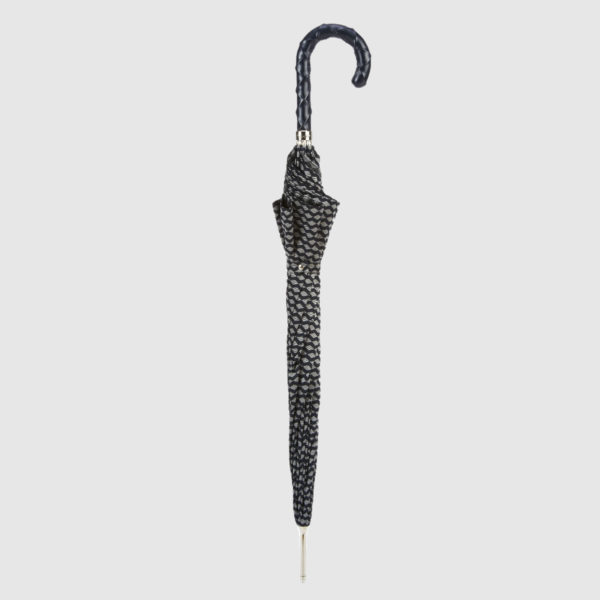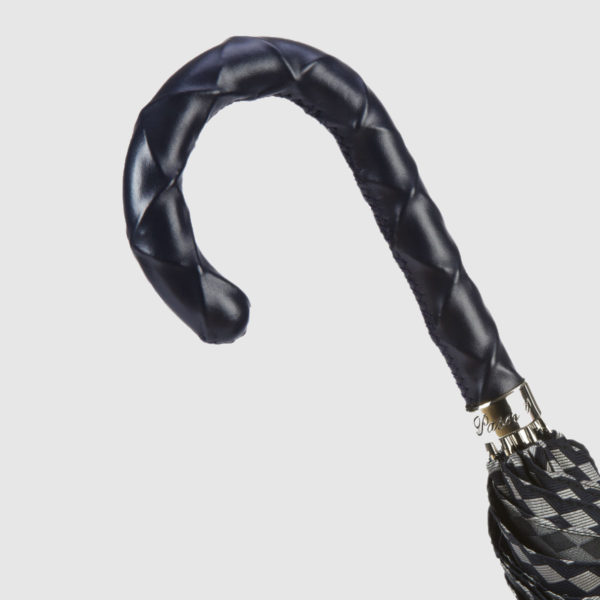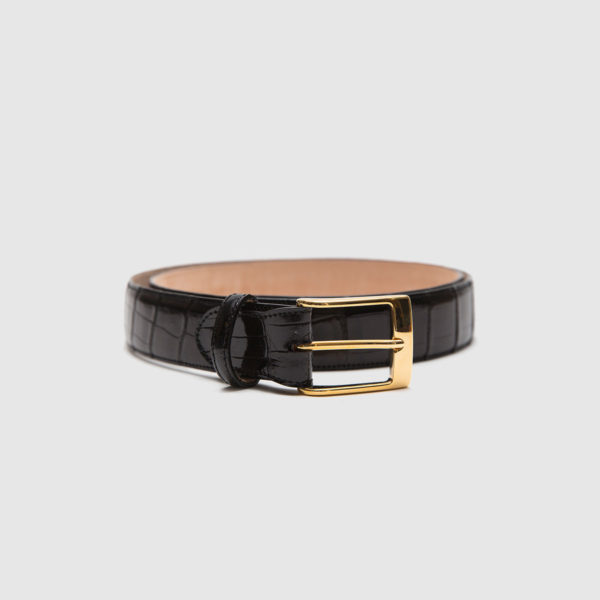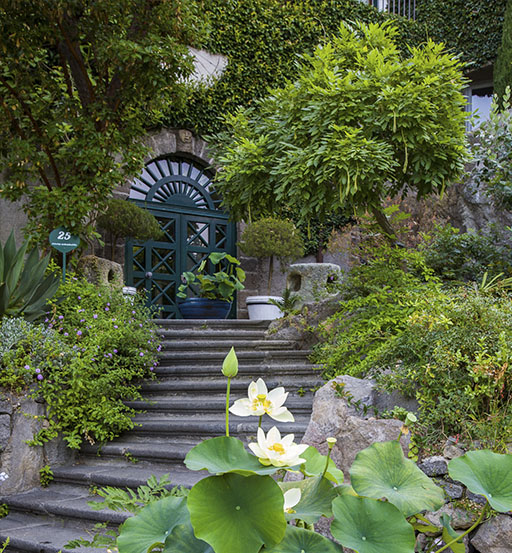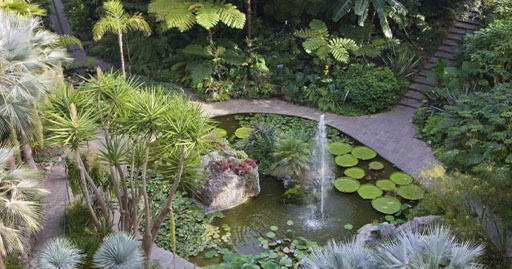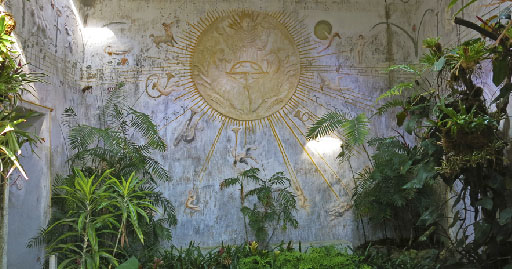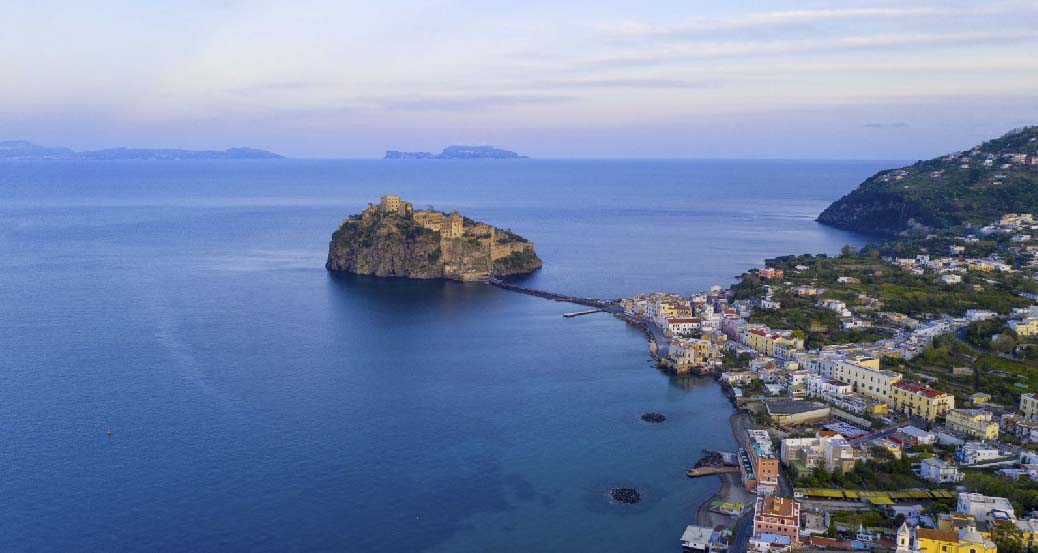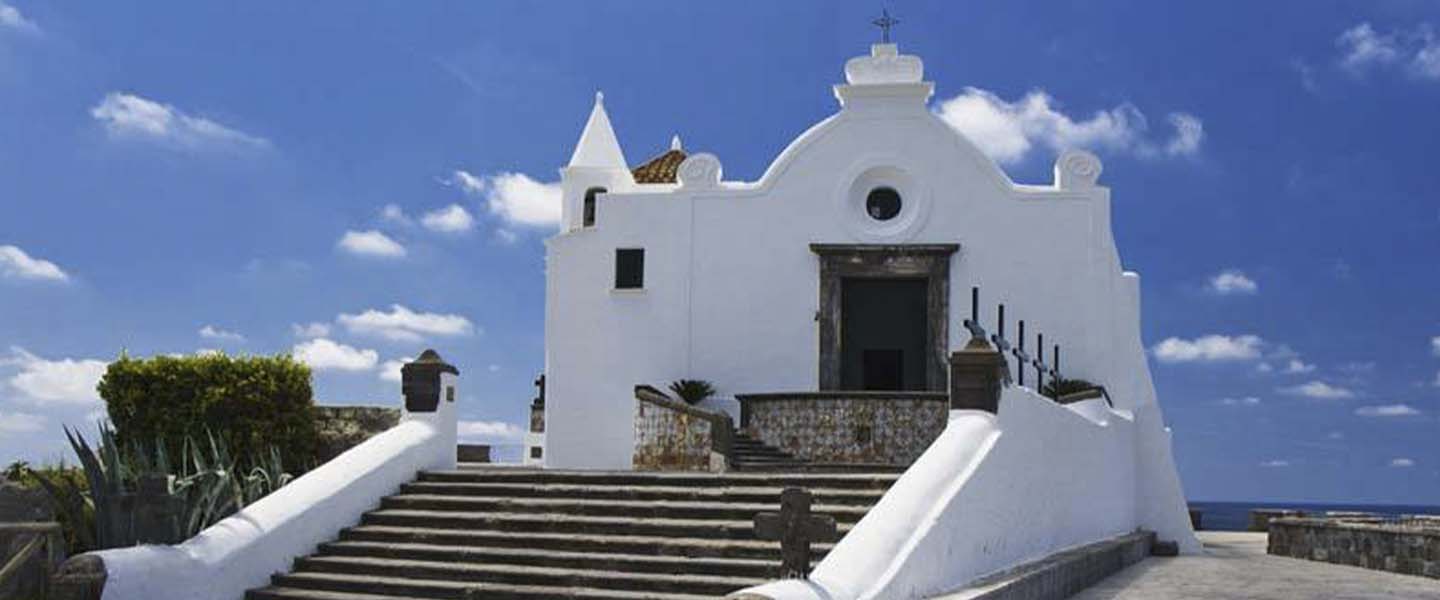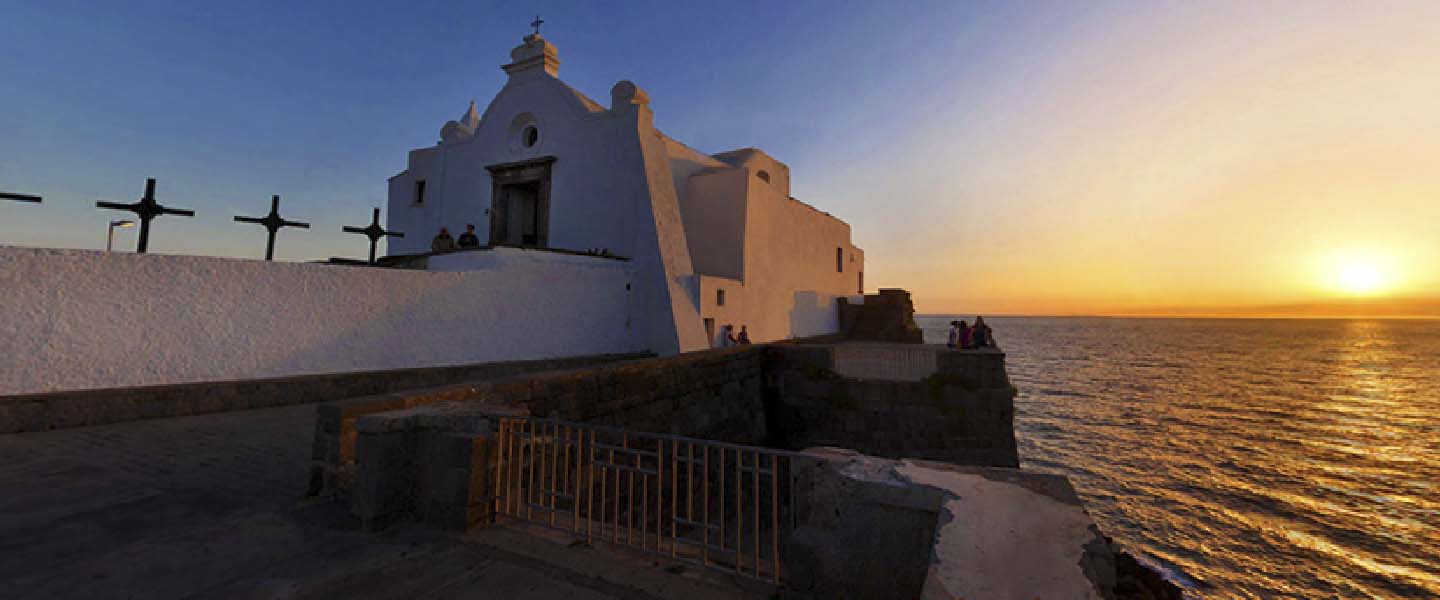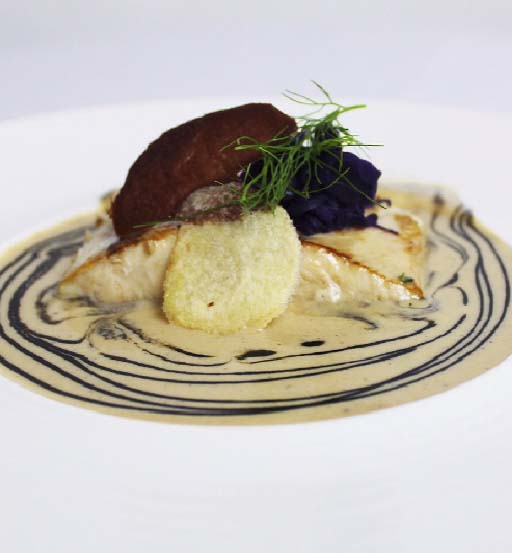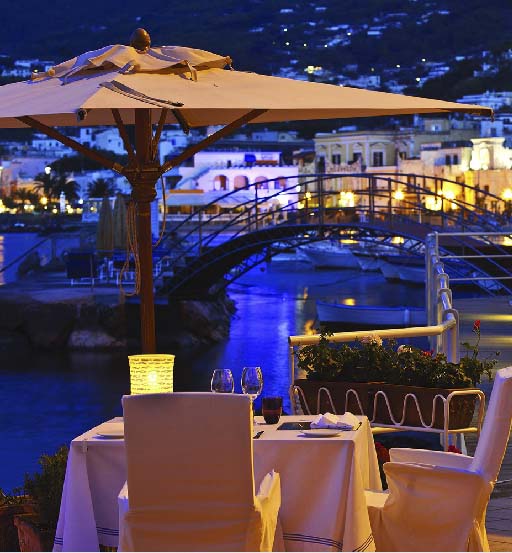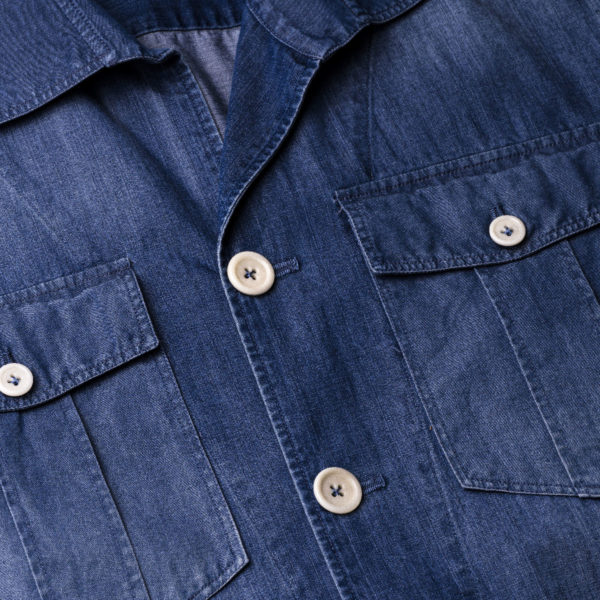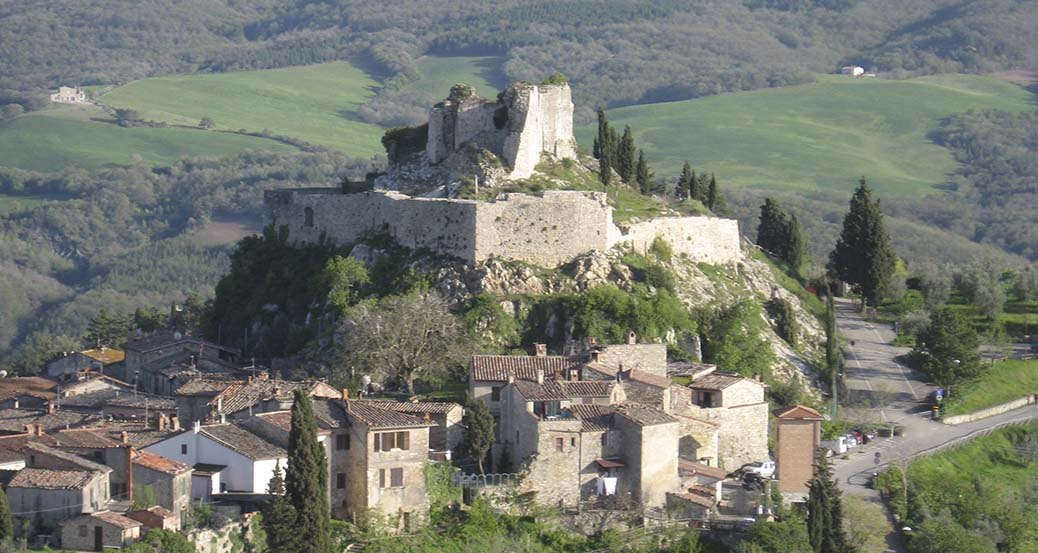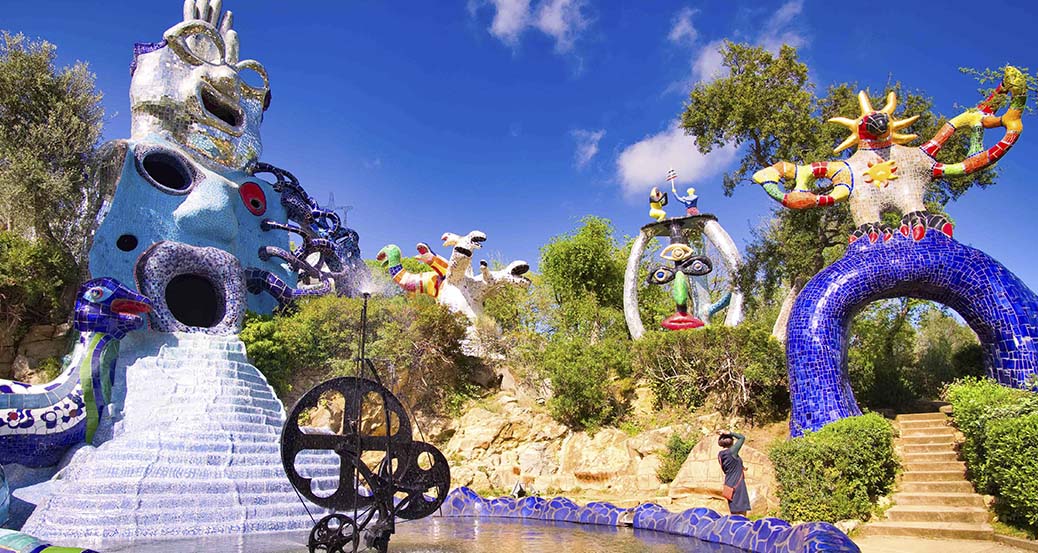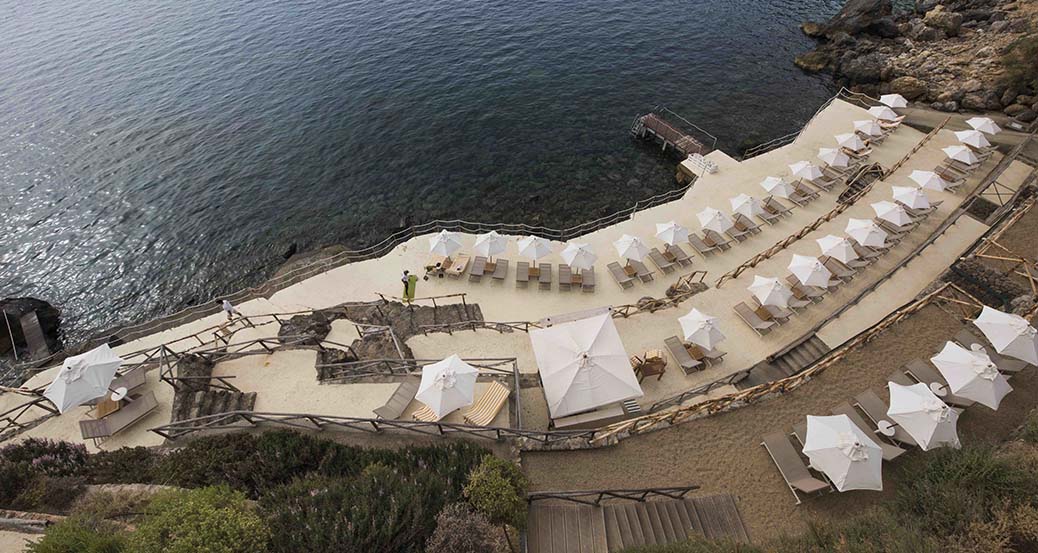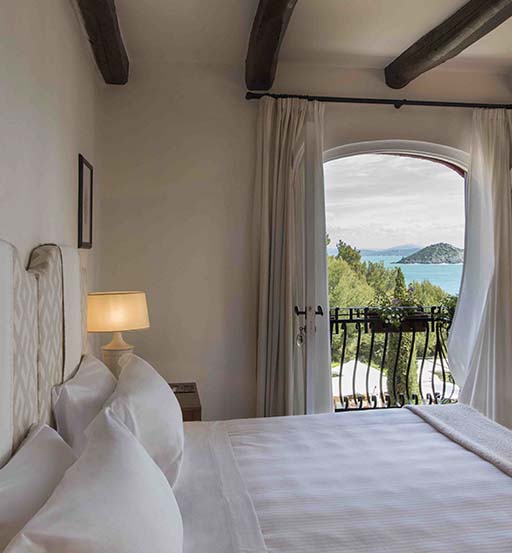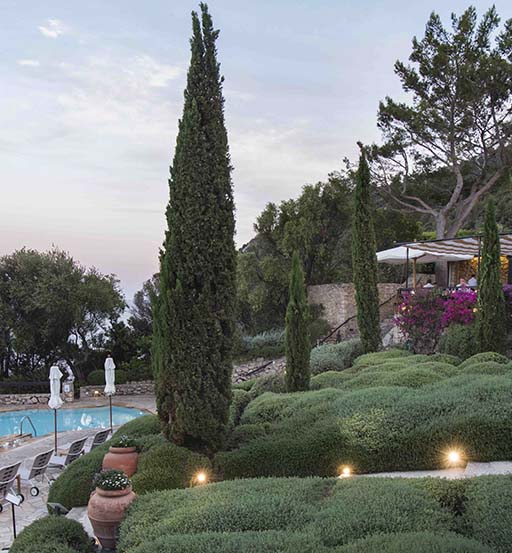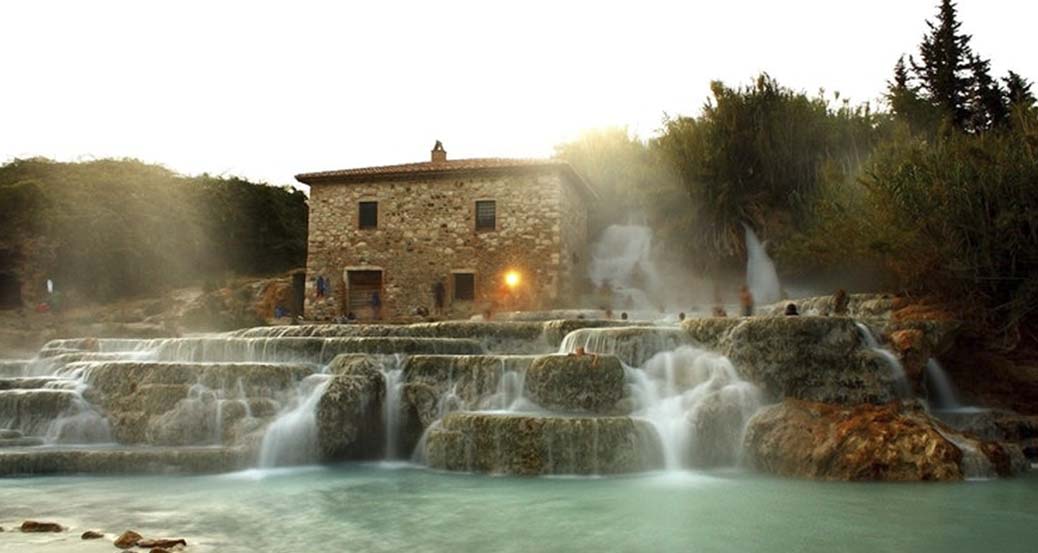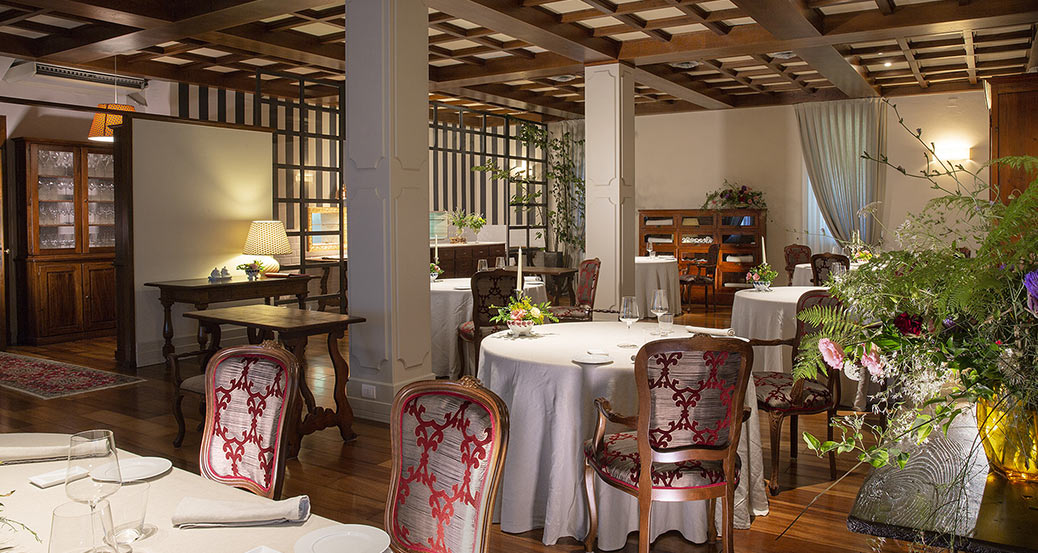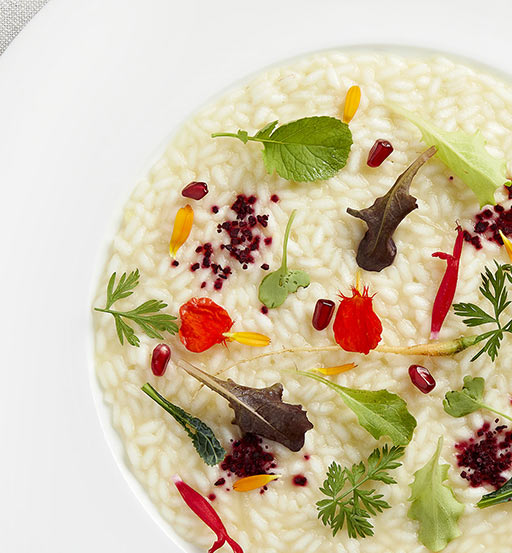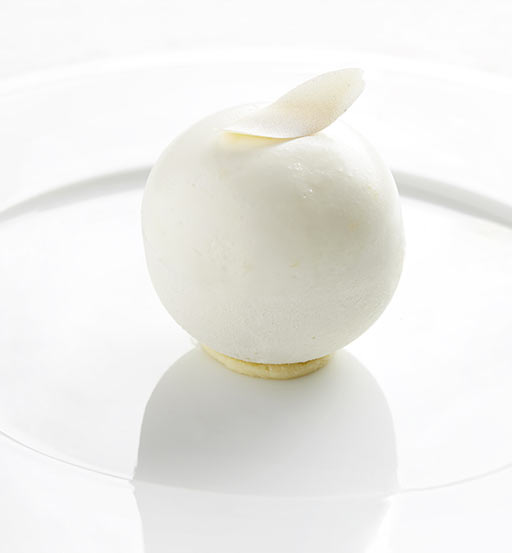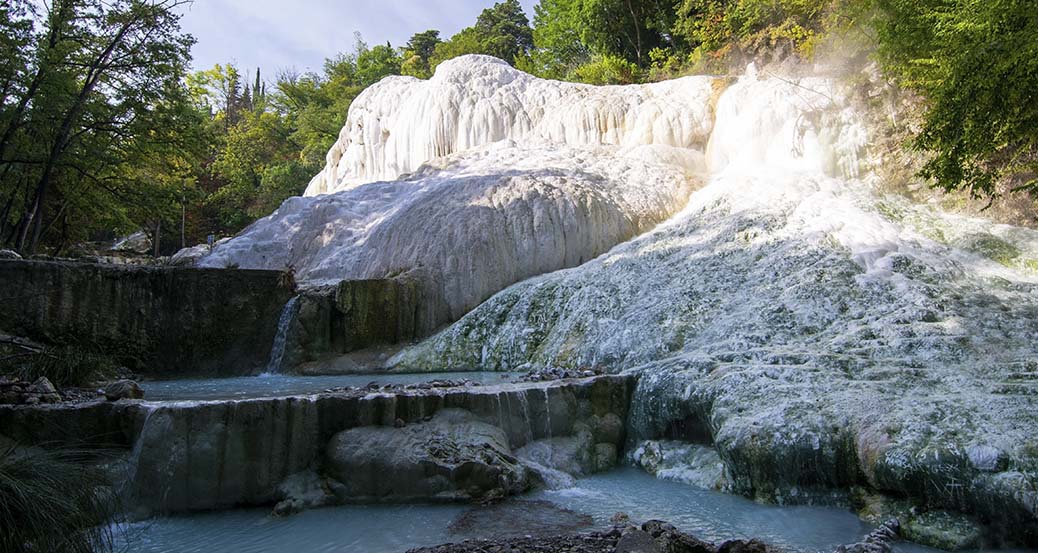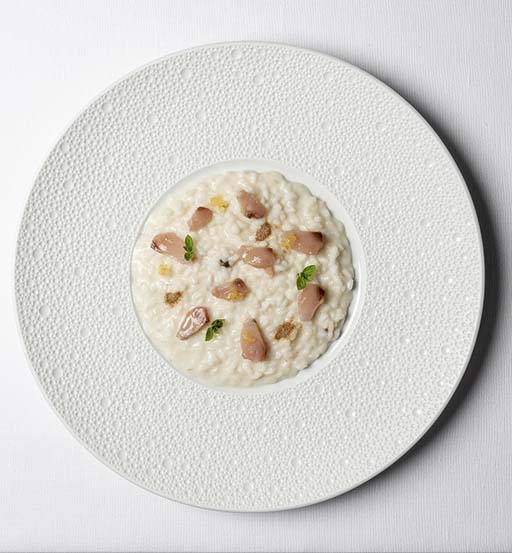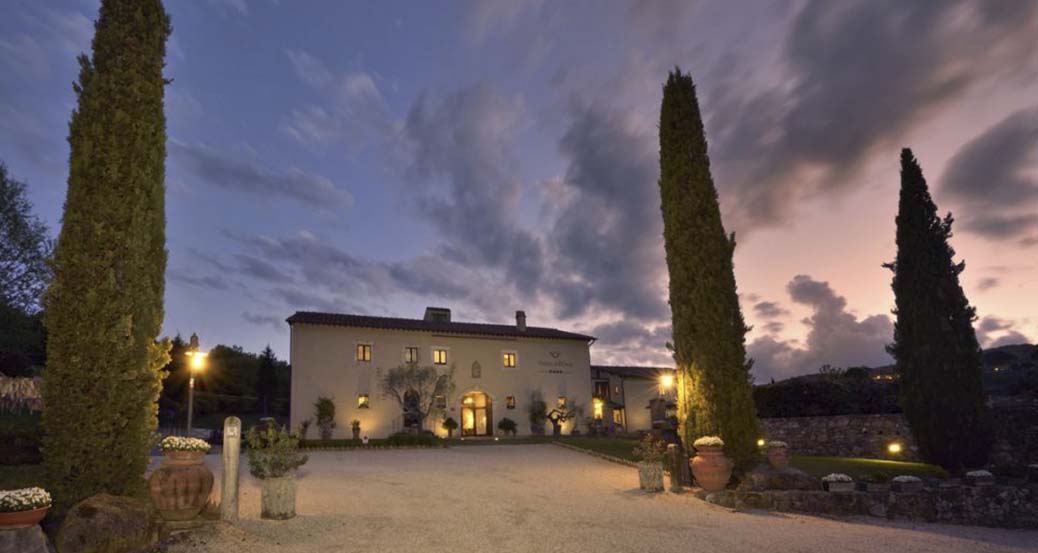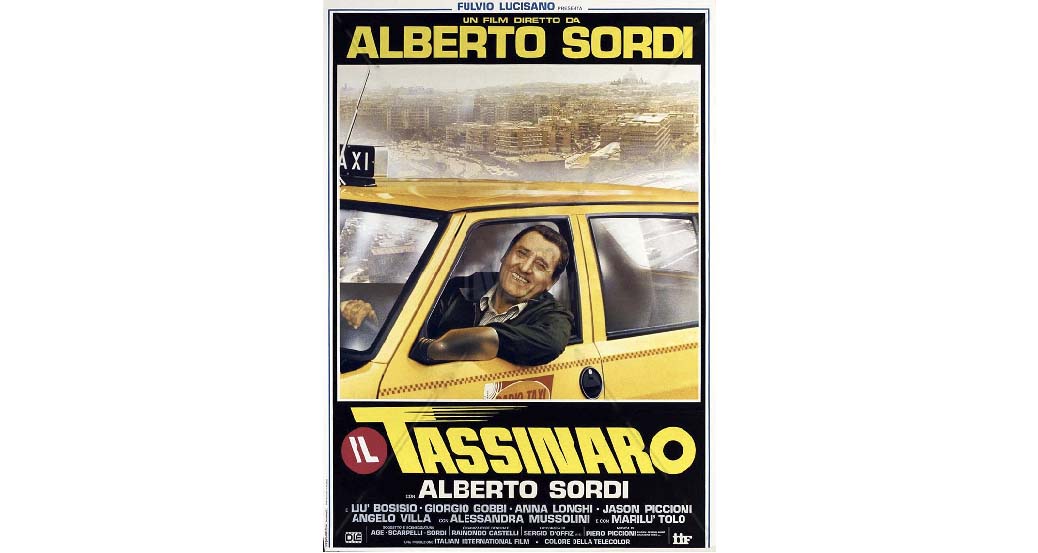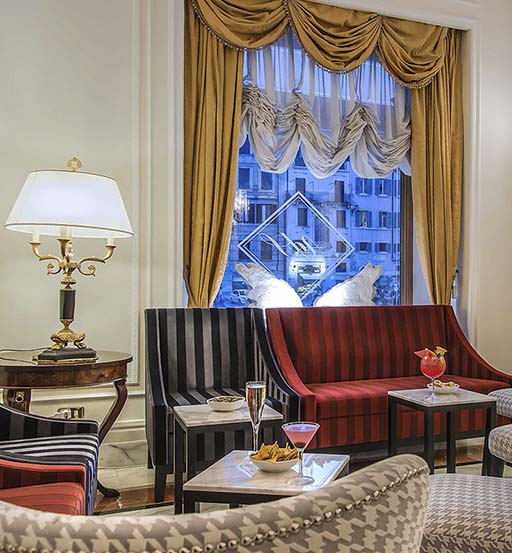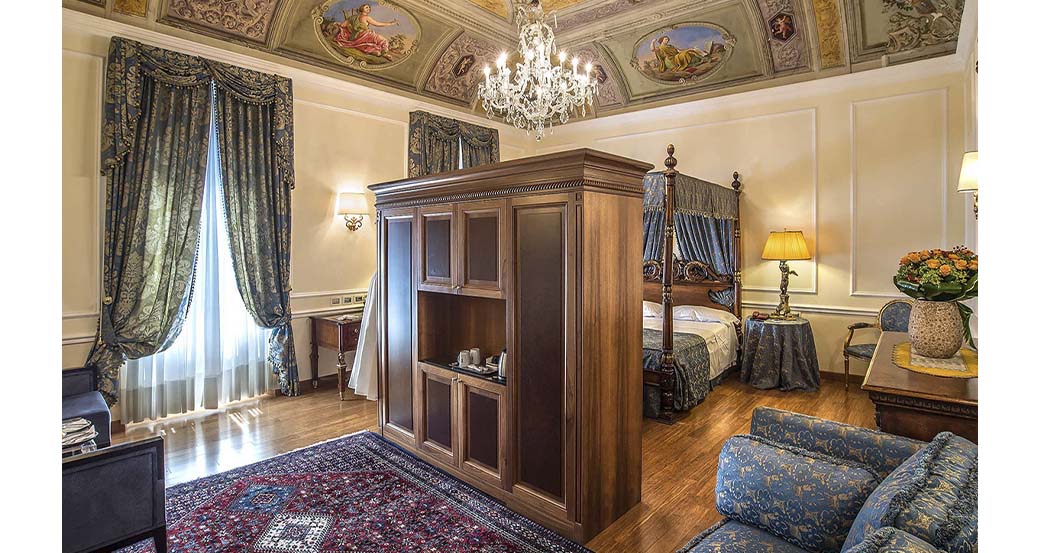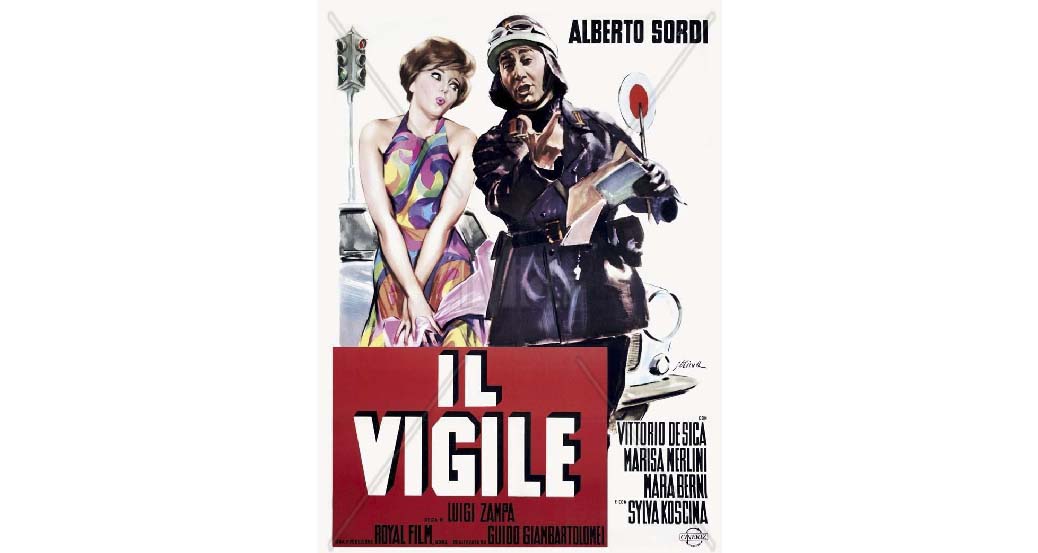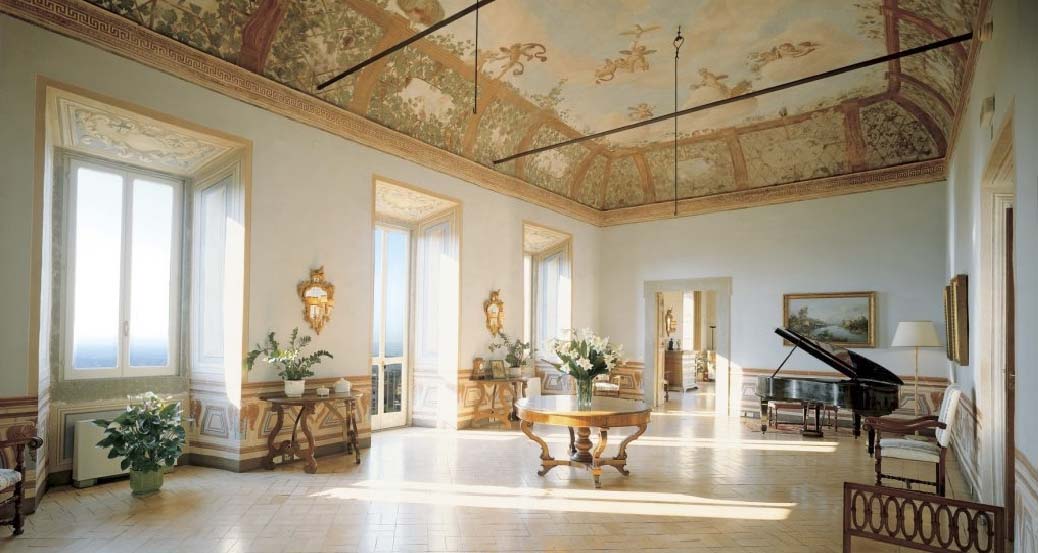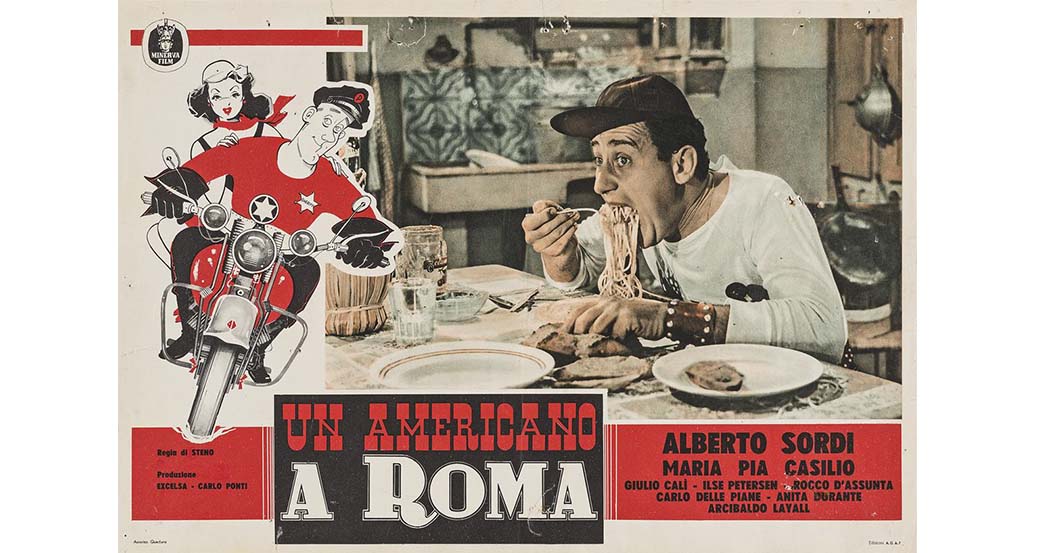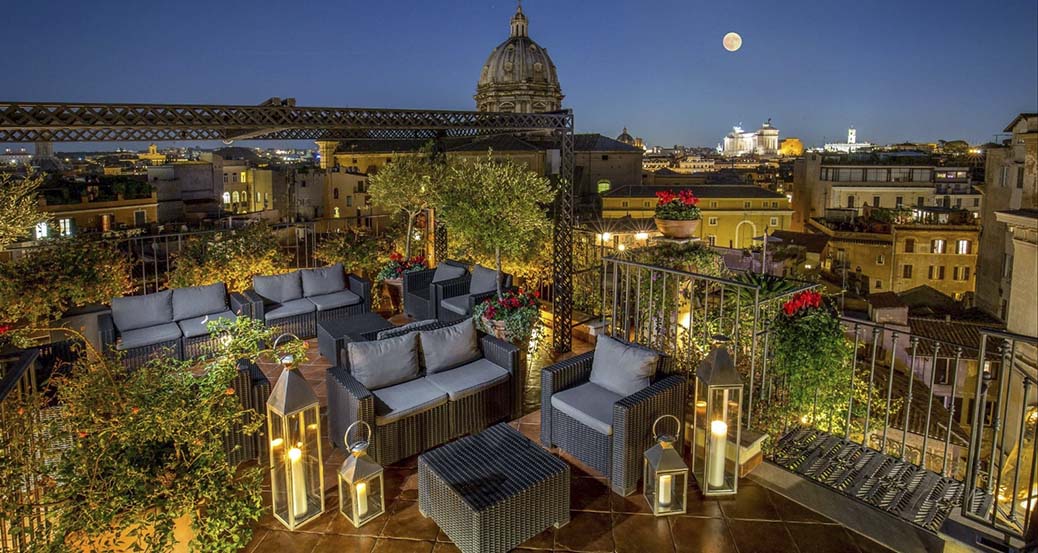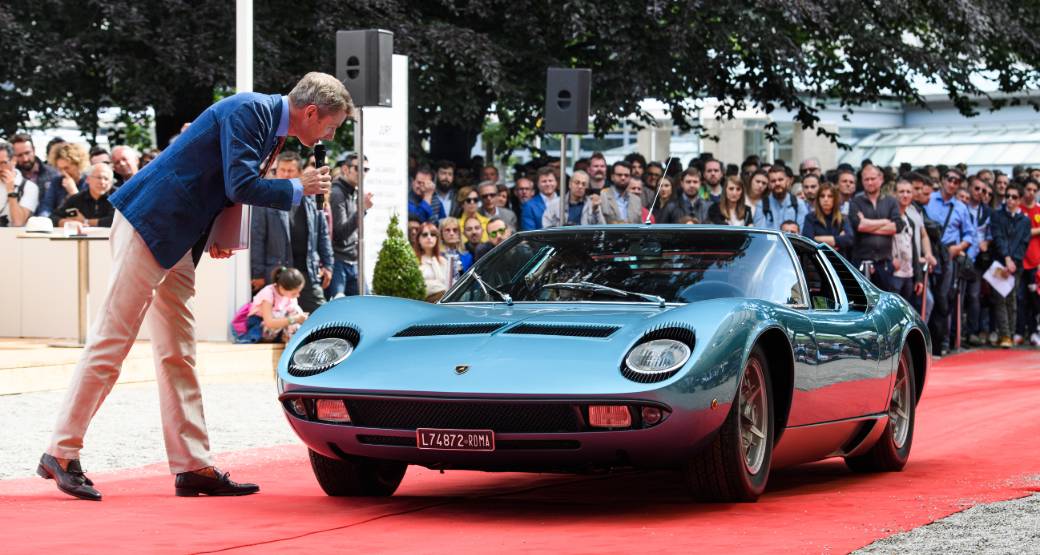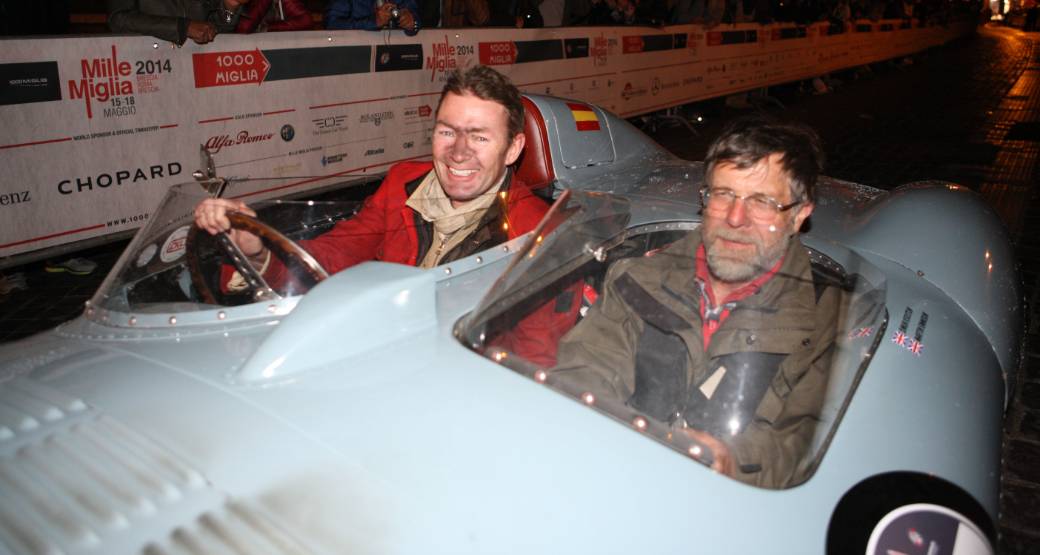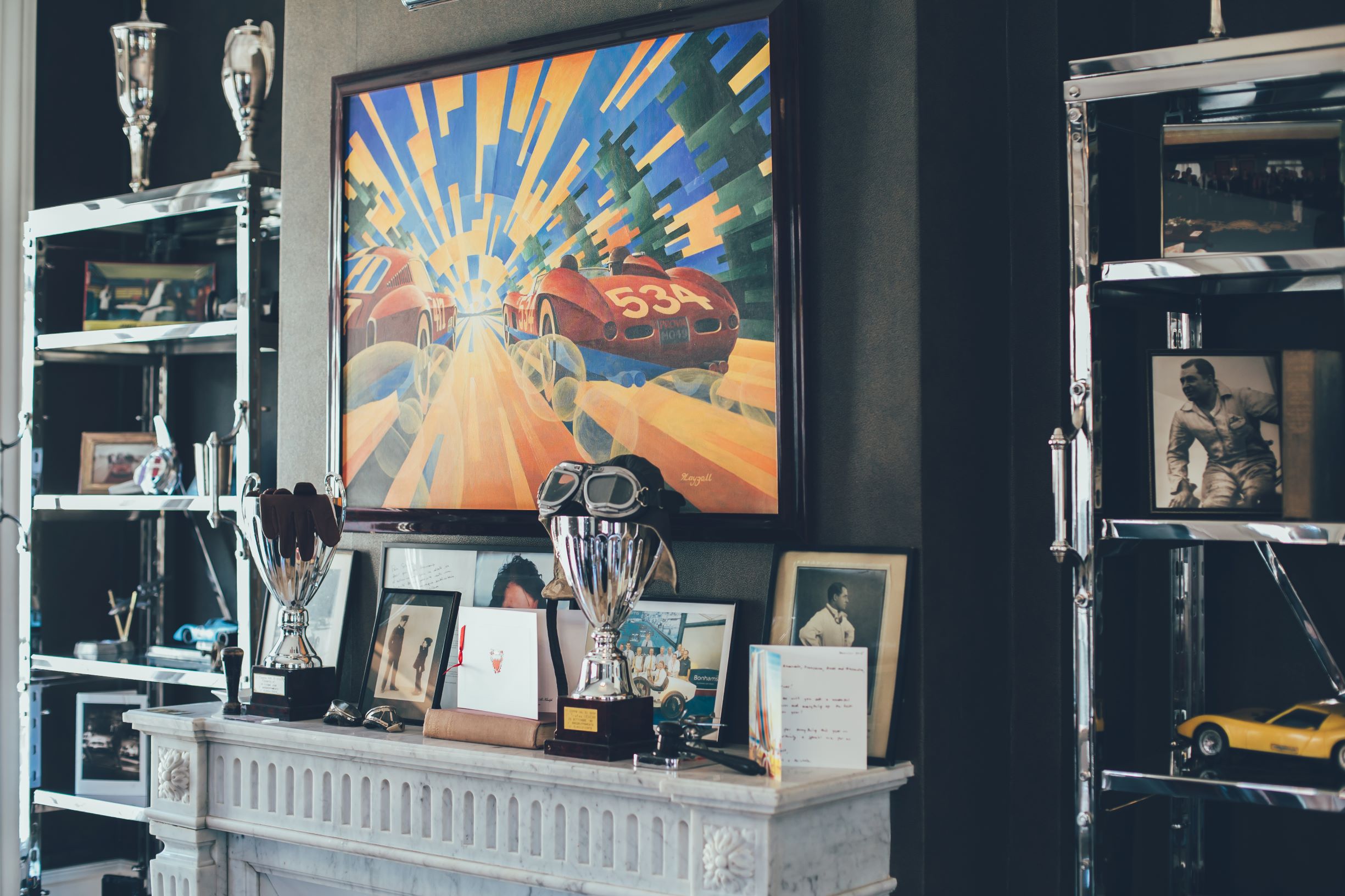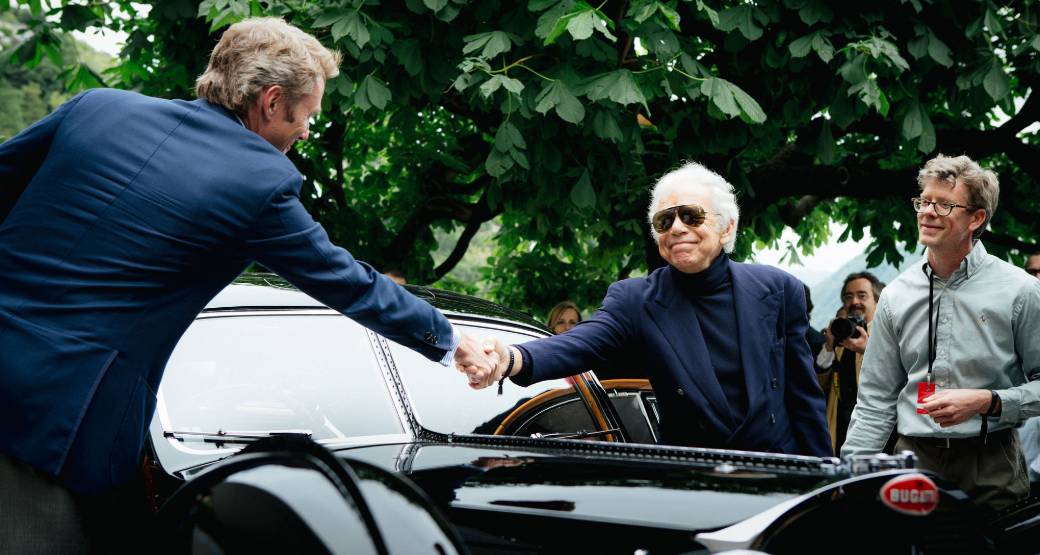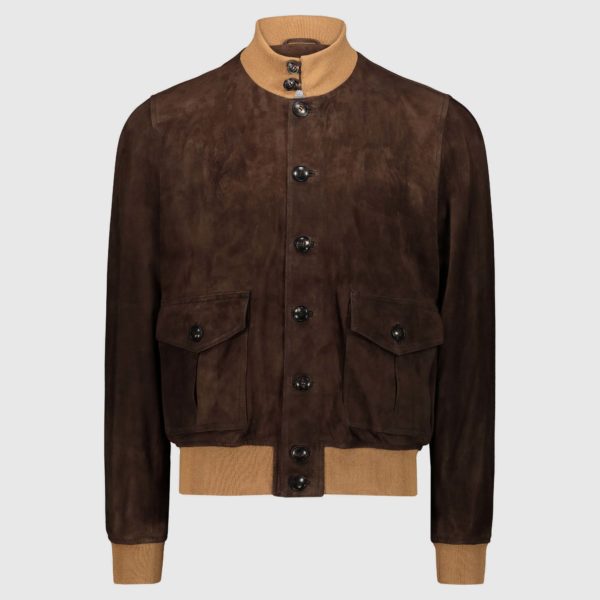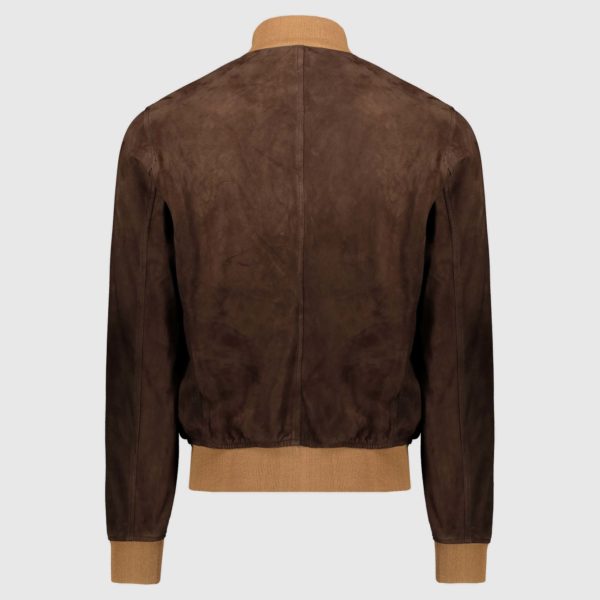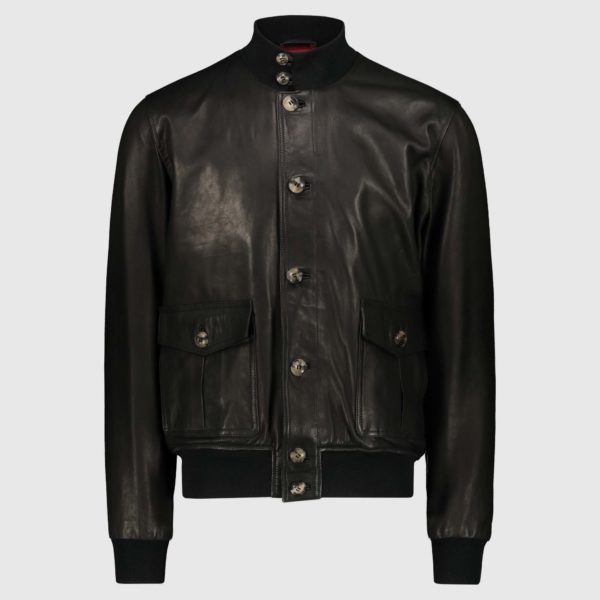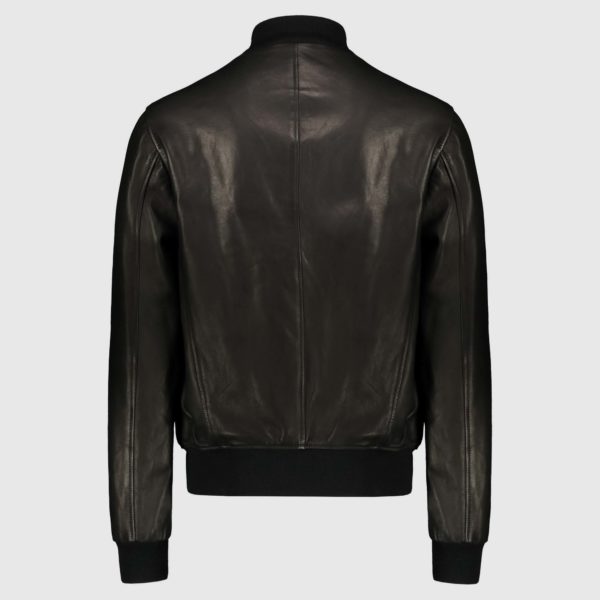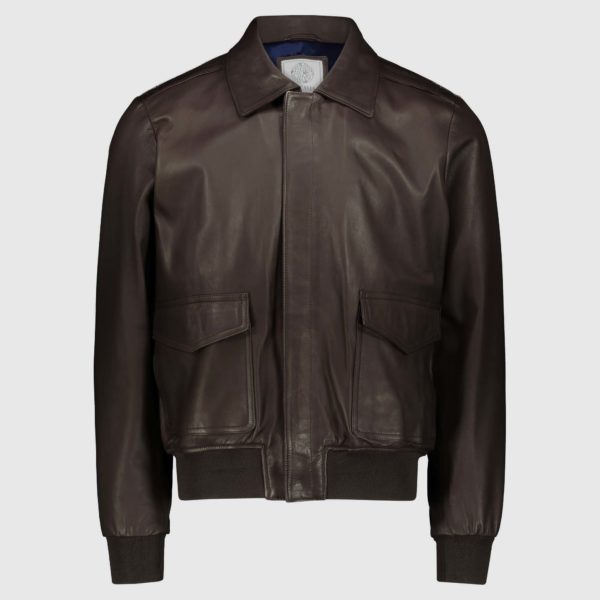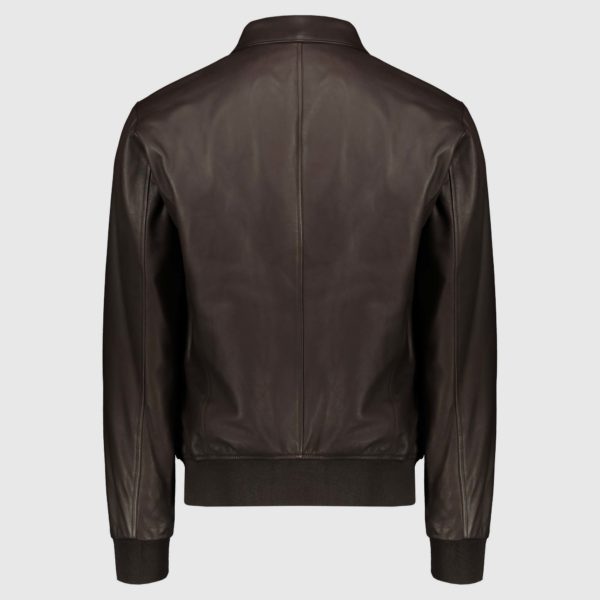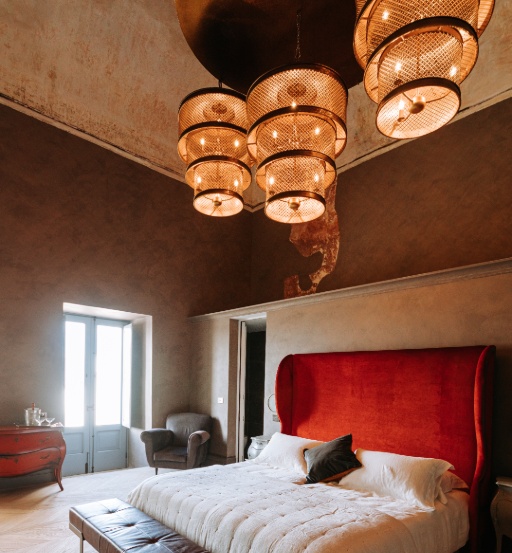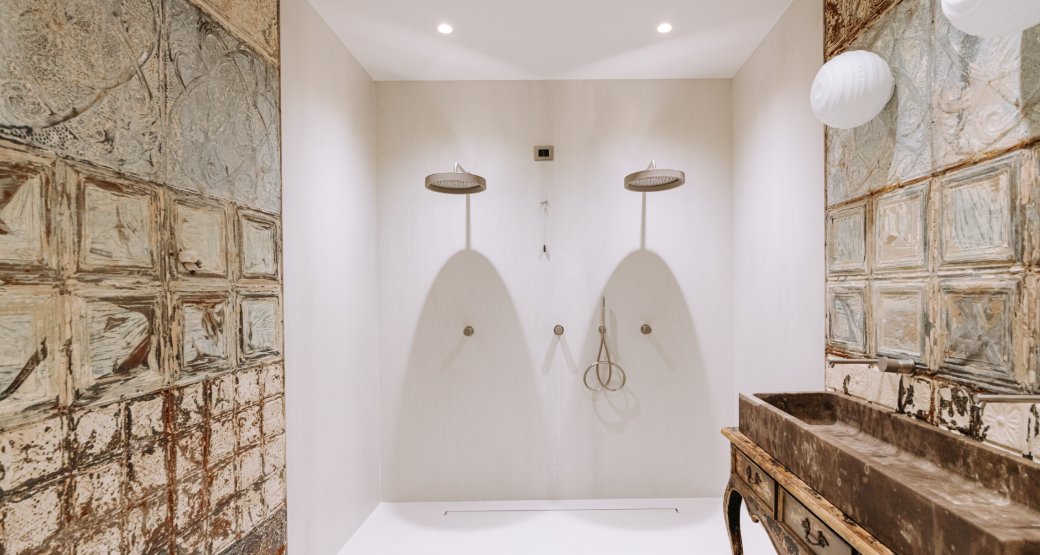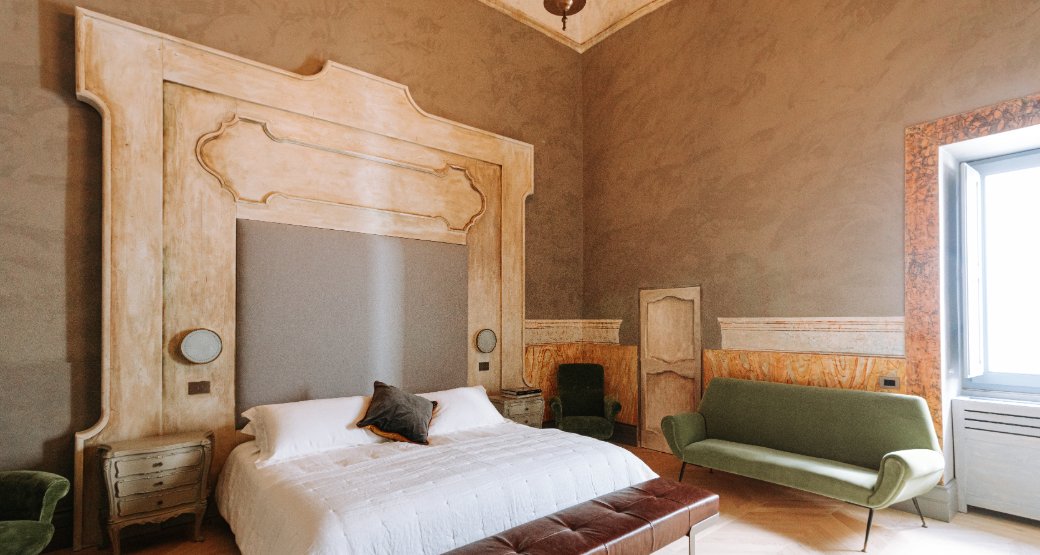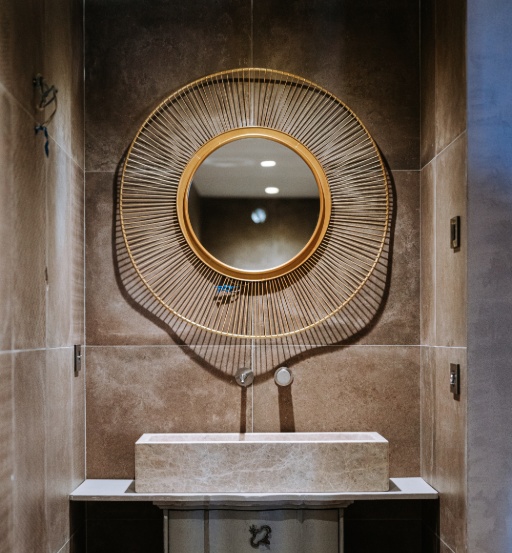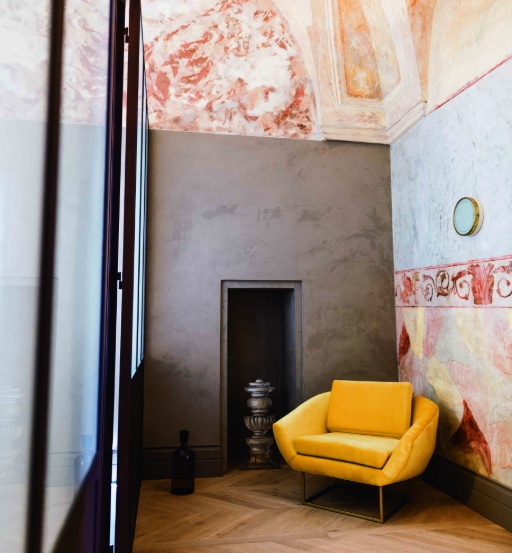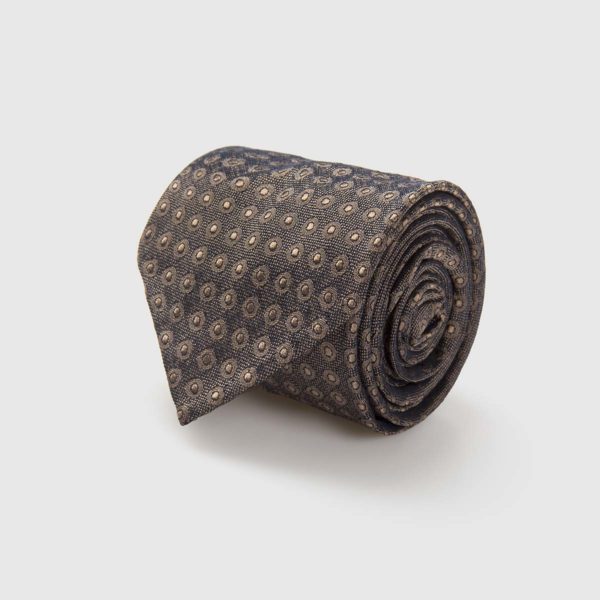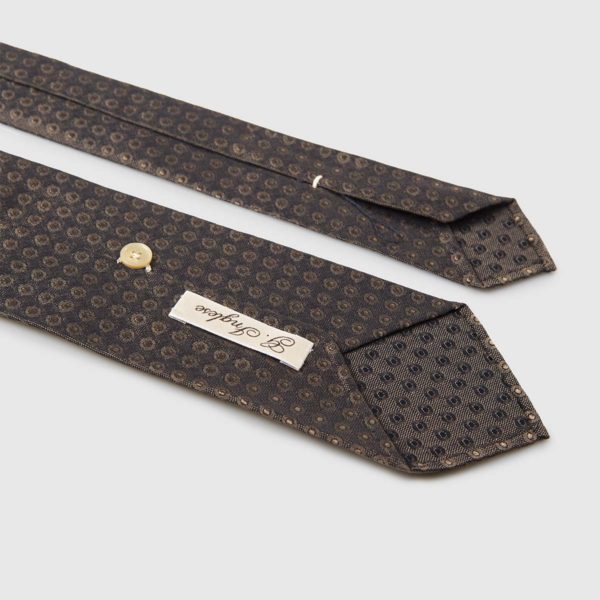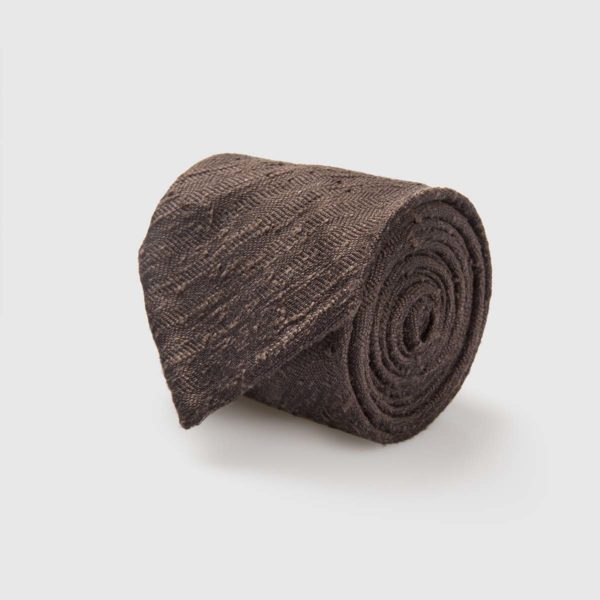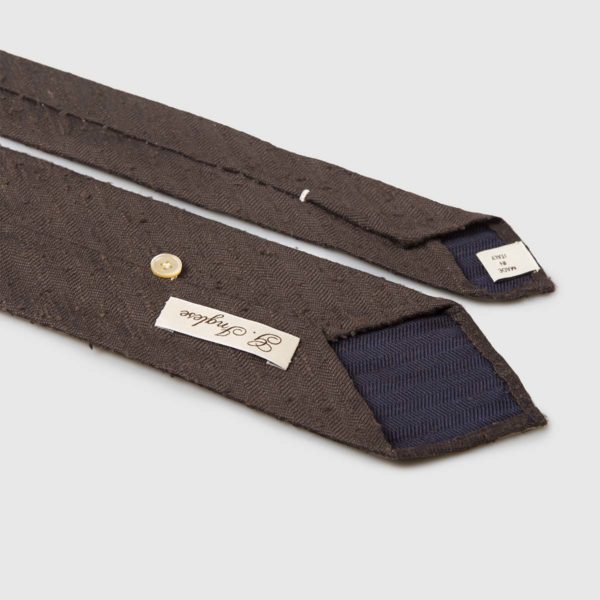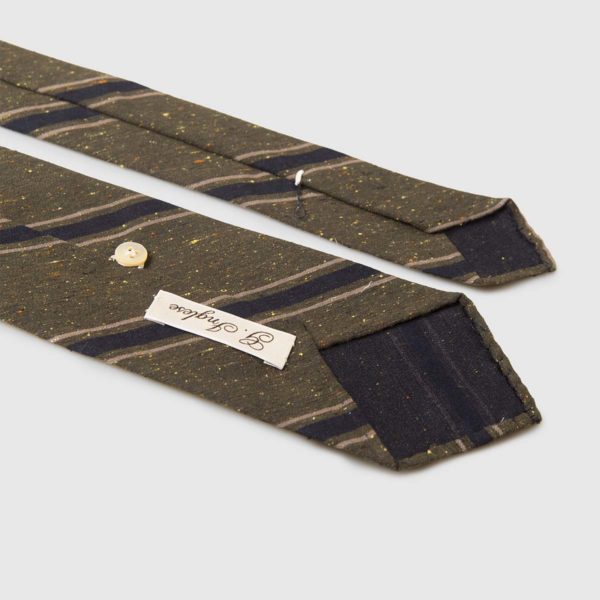If everything goes according to plan, Paragon 700’s official opening date is on May 19th. It’s been a long time in the making and the Covid-19 pandemic is a bump on the road that will soon be overcome. Ostuni’s newest boutique hotel—allegedly the only property in town with a pool, fifteen meters long, a surprising scene from Marrakech—revamps the original function as the Palazzo Rosso which dates back to the 1700s. Attesting to all its former glory is the fact it was also once the home of the town mayor. The palace had been lying around dormant for forty years before the owners stepped in.
The property only includes eleven rooms, each large, wide with high ceilings. But Paragon 700 is not small—not at all—it includes 20,000 square feet garden with orange groves and lemon trees, and has its very own restaurant, 700, led by Italian-Argentinian chef Paulo Airaudo who has a Michelin star to his name, set in a centuries-old vaulted room and what was previously a traditional oil mill. Modern mixology isn’t a lost cause in little Italian towns, and the two bars set out to prove it. The spa includes a hydromassage basin, a steam bath, a spa shower with chromotherapy, and relaxation lounge clad in Himalayan salt walls.
Paragon 700 owners Ulrike Bauschke and Pascale Lauber already have a beach club in the seaside town of Specchiolla, a twenty-minute drive from Paragon 700, making the hotel their second property in Puglia under their brand ID Living. With a knack for interiors and worldly experience traveling between trade shows and antique stores, Lauber is behind the furniture—all custom and handcrafted by craftsmen, commissioned for the property.
We spoke with Rachele Belladelli, Owner at the agency Unique Retreats, who has helped properties like the L’Andana, L’Albereta, Grand Hotel Portovenere—and now Paragon 700—increase property visibility.
After forty years of Palazzo Rosso’s dormancy, how did Paragon 700 come to be?
The owners, Ulrike Bauschke and Pascale Lauber, both in love with Puglia, came across the property and it was love at first sight. They already had a house in the region, a masseria, and decided after all their traveling to make Puglia their home. To them the Palazzo Rosso was always meant to be a hotel, “it was too beautiful to keep it hidden".
What are challenges in repurposing a historic space into a boutique hotel?
The restoration has been extremely painstaking; the team worked with local artists to bring back every single fresco, arch, fireplace, nook—even an altar piece of the ancient palace. The idea behind the project has always been to bring back to life to the ancient palace.
We’d love to hear about your furniture selections.
Co-owner Pascale Lauber supervised every detail of the decos, skillfully mixing styles. From antique French pieces of furnishing to Thai chandeliers, from an African brazier transformed into a bath tub to headboards created by local craftsmen. The idea was to give Paragon 700 a unique cosmopolitan soul.
Can you tell us a bit about how your relationship with Paulo Airaudo came to be that he is leading the restaurant, 700?
Paulo Airaudo, an Italian-Argentinian chef, was the ideal candidate to look after 700. His international experience and love for the Mediterranean cuisine made it an easy choice.
What do you think are the biggest challenges for boutique hotels across Italy? Would you consider large hospitality groups a threat?
The biggest challenges for boutique hotels in Italy, or anywhere else for what it matters, is that they do not have the economical resources to invest in sales and marketing activities as hotel chains or big properties have. It’s not easy to only be able to speak on a market where everyone screams—it’s difficult getting heard. Boutique hotels have to choose wisely where they put their money in because they are not able to participate in all the activities they would like to. I do not consider a hospitality group as a threat. Boutique hotels offer a unique and incredible personal service a hotel chain is not able to. They are able to tailor a guest experience. Boutique hotels are much more flexible and can easily adjust to customers requests. Besides that, they offer a unique ambience, usually with a strong sense of place in terms of decor and/or cuisine while large hospitality groups are more standardized and, sometimes, a property in Hong Kong looks just like the one in London or Rome.
What other nearby destinations would you recommend that your guests should consider combining into a trip?
Puglia is a Mediterranean region quintessentially Italian, I would combine a stray in Puglia with a stay in Greece or Spain. The Mediterranean culture is very rich and it varies a lot from area to area in terms of architecture, landscape, history and flavors so I would recommend to someone coming to Puglia to mix it with another mediterranean region.
It’s no secret that you’ve been monumentally hit by the pandemic. What direction are you hoping the tourism sector would take after the current lockdown is over?
We are all hoping travel will bounce back, probably starting with domestic and short-haul trips and, once everyone feels comfortable, it will go back to long-haul trips. We have seen how people have been taking a different approach to travel over the last decades; it’s no longer discretionary spending, it has become an important part of our life a necessity. We travel because we want to explore, to grow, to learn and also to unwind. I think we will be more conscious but also, because traveling has been taken away form us over these months, I do not think we will take it for granted, we will enjoy every minute of it. It will be less of a social media "must-post picture" and more about the personal experience of being in a certain place and how to enjoy it. Less show, more substance, or so I hope.
www.paragon700.com
Largo Michele Ayroldi Carissimo 14
Ostuni, Italy
T: (+39) 0831 36 92 19
 0
0



